As we comic fans are acutely aware of, Spider-Man has had countless classic stories throughout his sixty-plus years of existence (as well as plenty of duds, but that’s an article for another day). I initially wanted to do a list of my ten personal favorite, but thought that would be a bit too…limiting. Instead, I think it will be fun to go through the various eras of the web-head’s history and count down what I consider to be his ten greatest stories of that decade. With that in mind, let’s start out with the 1970s!

Now if you’re wondering why I would skip over the much-beloved 1960s era, I did an article several years back discussing Stan Lee’s ten greatest Spider-Man stories in order to honor his legacy after his passing.
Stan Lee’s 10 Greatest Spider-Man Stories! – Spider Man Crawlspace
Since eight out of ten of my choices were from the ’60s, I think it would be rather redundant to just rehash most of that list. Plus, the entirety of the Stan Lee/Steve Ditko/John Romita Sr. Spider-Man run has been so widely lauded and disseminated throughout the years that I’m not sure I see the point. That entire era is a classic with some of the most famous Spidey stories and sequences of all time. Still, if interest is shown in any of the comments, I might return to that decade in a future article.
But back to the topic at hand, the 1970s were an interesting time for the web-head overall. Stan Lee concluded his genre-defining stint on The Amazing Spider-Man early on and was followed by Gerry Conway’s seminal, game-changing run immediately after. Len Wein soon followed suit with a solid, if unspectacular run before Marv Wolfman took over with one of the most underrated eras in the title’s history.
And of course, I’d be remiss not to mention the launch of The Spectacular Spider-Man late in the decade; Spidey’s first ever satellite title (though far from his last).

While it was clearly the B-title for its first several years, it really came into its own by the end of the decade once writer Bill Mantlo found its footing and (in my opinion anyway) would go on to rival Amazing in terms of quality.
Now that the overview is concluded, let’s get started!
10.) The Arms of Doctor Octopus
by Marv Wolfman & John Byrne
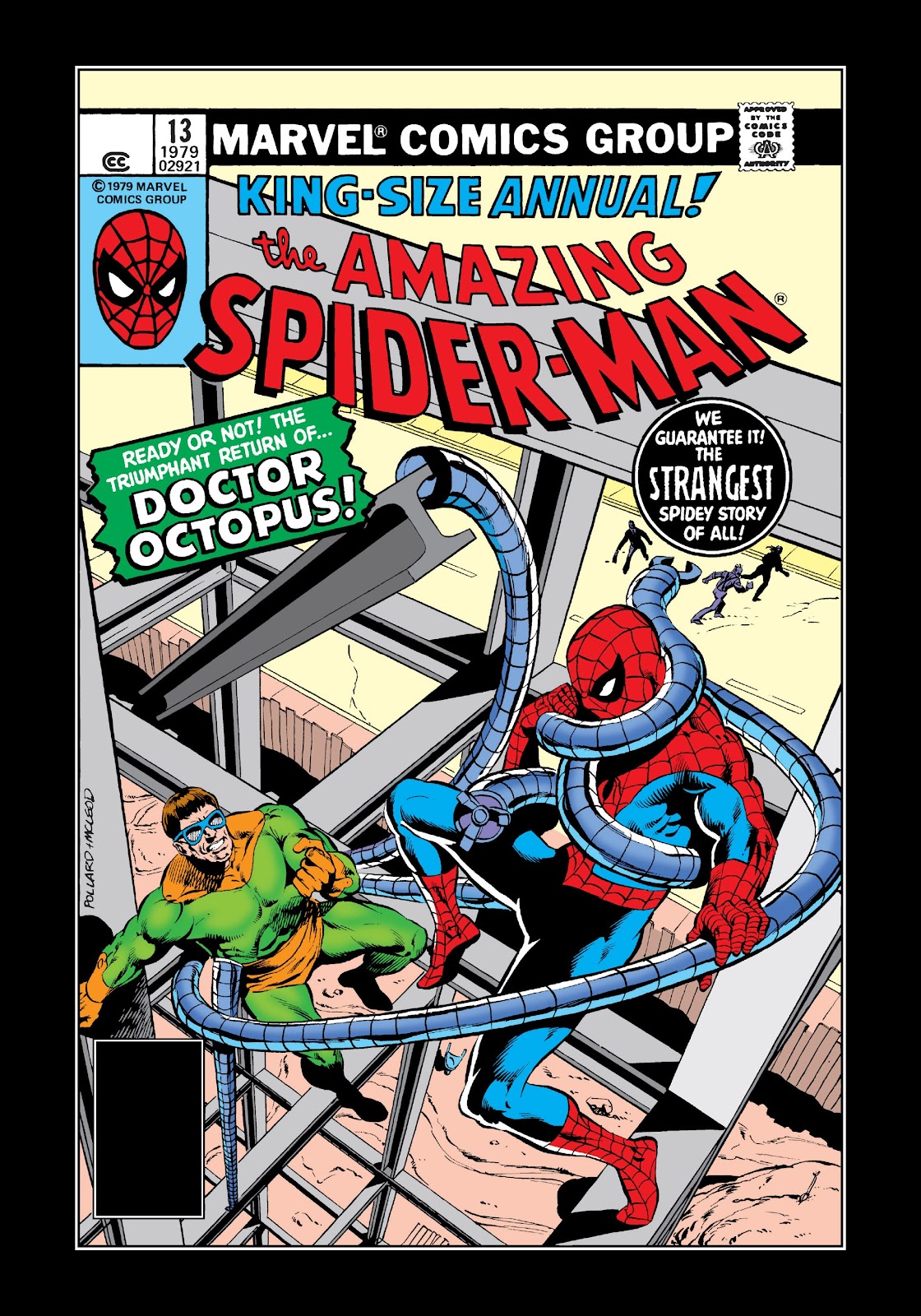
A mysterious government agent discovers Peter Parker’s secret identity and enlists Spider-Man’s help in solving a murder that ends up placing the two on a collision course with Doctor Octopus. However, not all is as it appears to be…
Annuals are often unsung in the comic world, but there are a lot of great ones out there; this among them. The Arms of Doctor Octopus is not only a fun comic packed with action and a great portrayal of the arachnid’s eight-armed adversary, but a really intriguing mystery with some unexpected answers. Who is the mystery man and how does he know who Peter Parker is? I can’t say anymore without spoiling the story; go out and read this gem for yourselves.
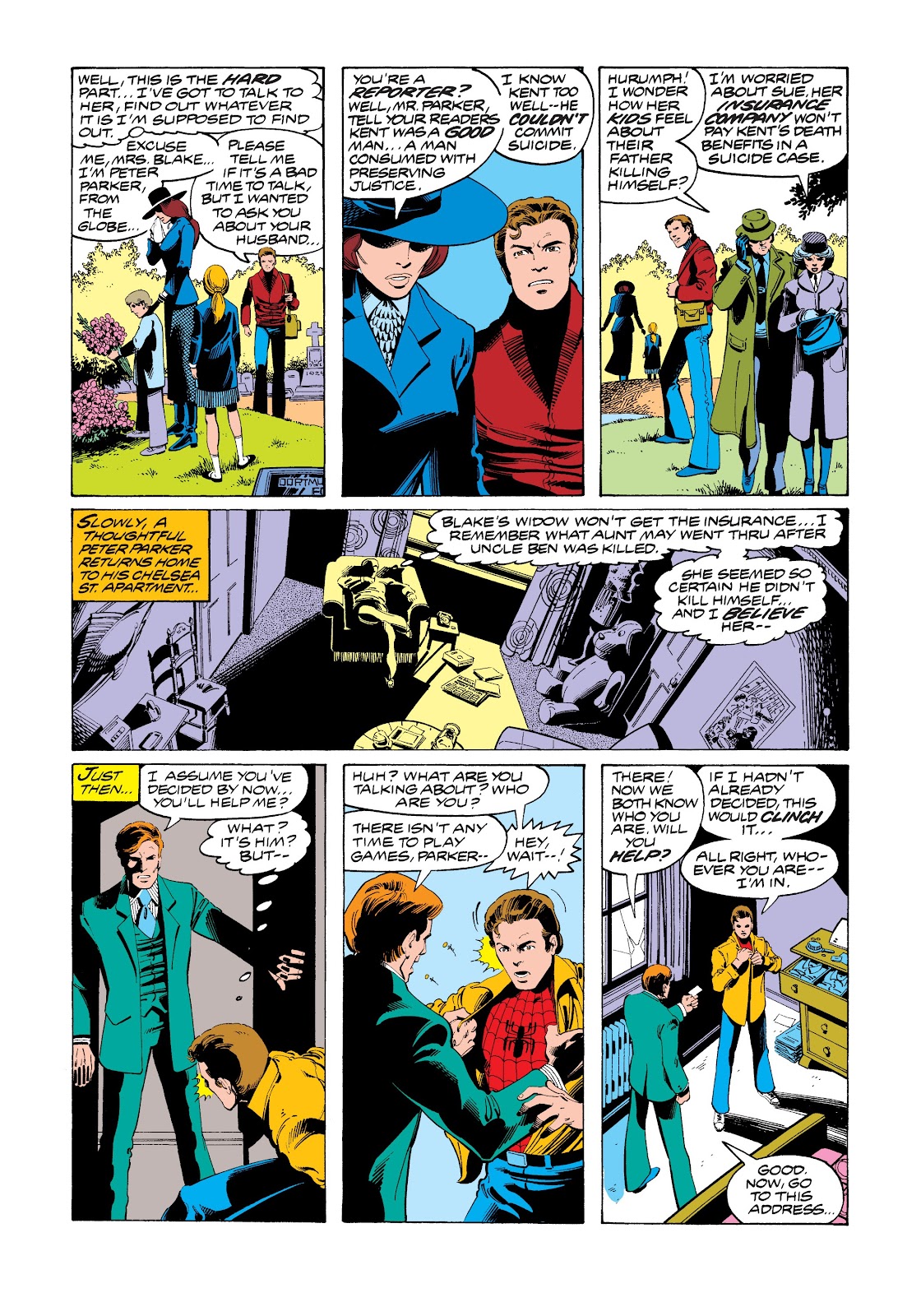
09.) Just a Man Called Cage
by Gerry Conway, Gil Kane & John Romita Sr.
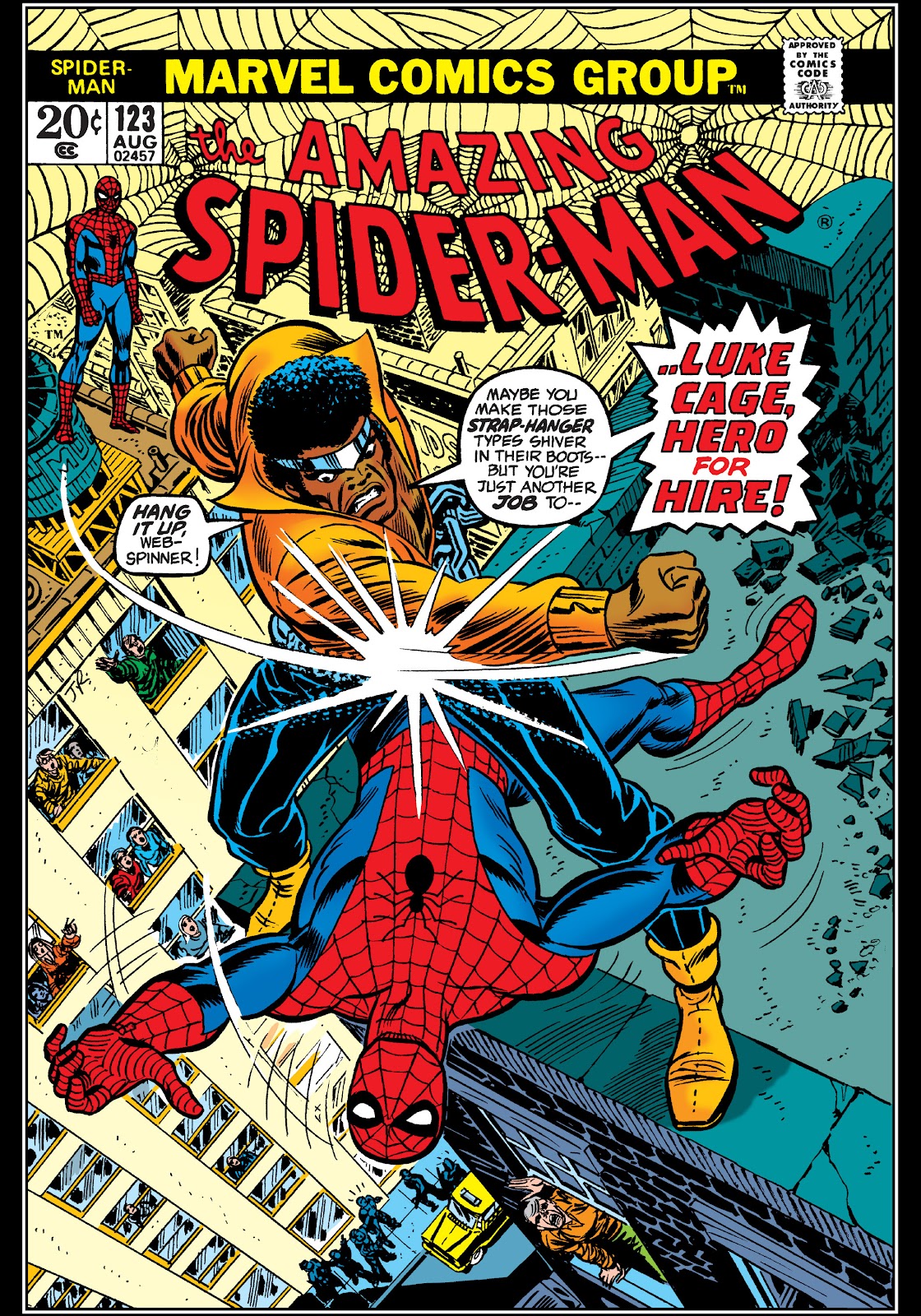
Suspecting Spider-Man’s involvement in the recent death of Norman Osborn, J. Jonah Jameson hires Luke Cage, the hero of Harlem, to bring in the webbed wonder once and for all. Unfortunately for Mr. Cage, Peter Parker is still reeling over the recent loss of Gwen Stacy and is at the tipping point…
Seeing a devastated Spider-Man unload all of his fury and sorrow onto the unprepared Luke Cage in a surprisingly brutal brawl really underlines how broken our hero is at this point in time. He just lost the love of his life and is hurting like never before; something that this comic depicts superbly. But the real highlight is when Spidey finally gets a hold of his anger and has a heart-to-heart with Cage, leaving the two with a begrudging respect for one another.
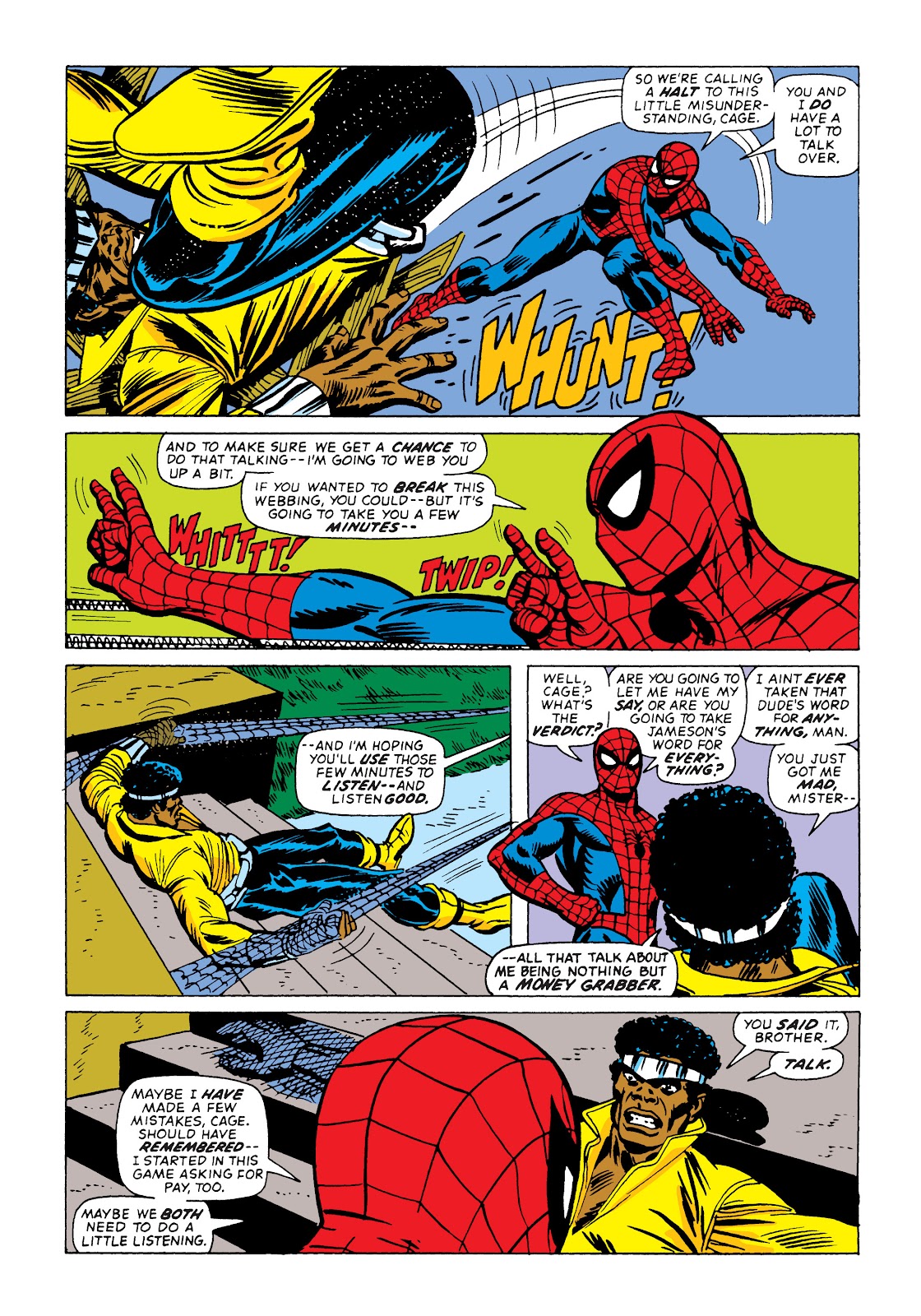
08.) The Punisher Strikes Twice
by Gerry Conway & Ross Andru
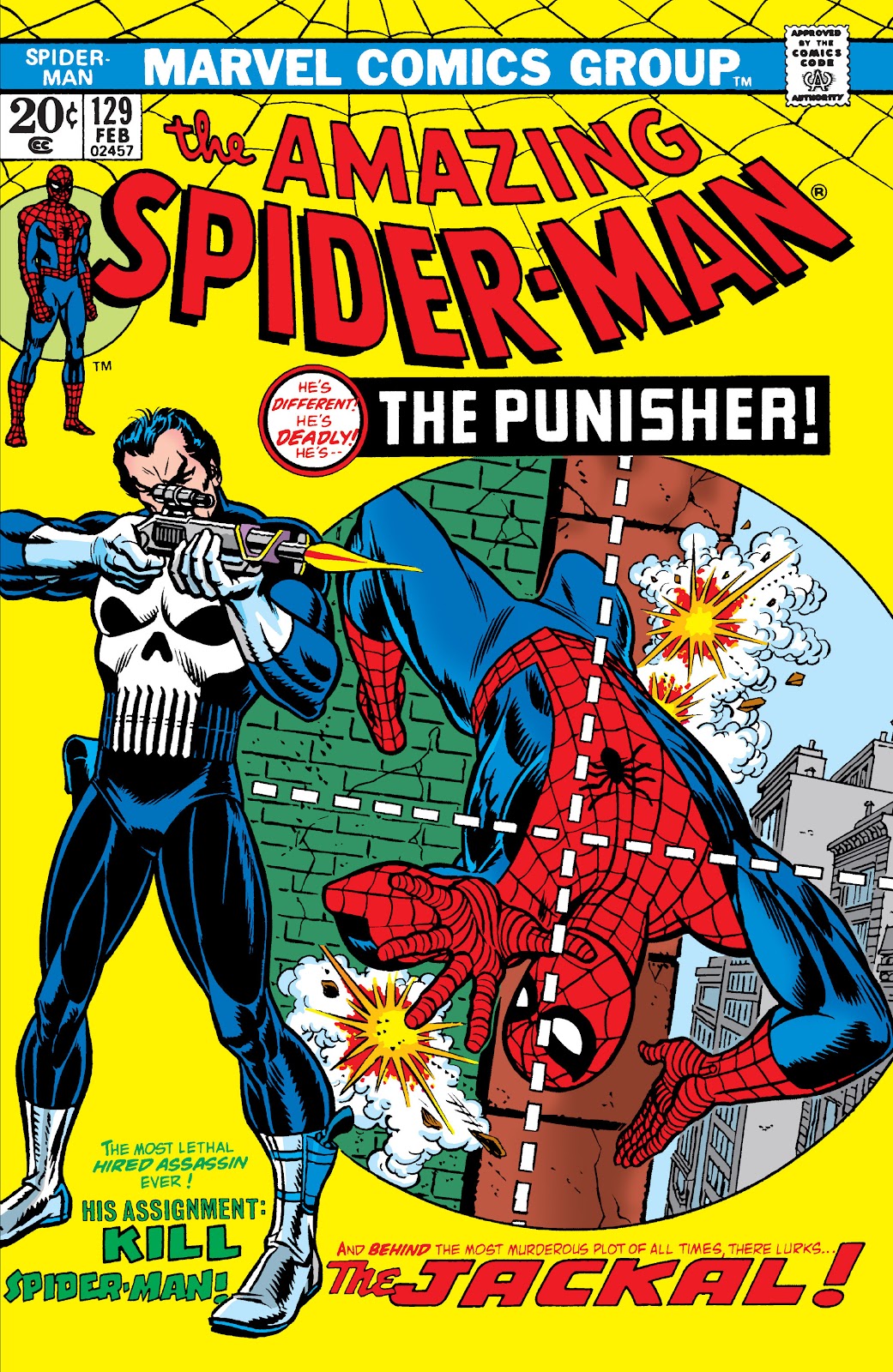
A mysterious new figure calling himself The Jackal seeks The Punisher, gun-toting vigilante with his own specific brand of justice and convinces him to hunt down Spider-Man for the “murder” of Norman Osborn. However, The Jackal’s motivations for doing this are far from noble…
This issue marks the introduction of Frank Castle, easily one of Marvel’s most popular anti-heroes and characters of all time. That alone makes this comic worthy of the top ten, but thankfully the story itself is also of quality as well. The Jackal is an effective antagonist as he seamlessly manipulates The Punisher into a collision course with the web-slinger, all the while alluding to his own malevolent motivations. This character would go on to have a major impact on Gerry Conway’s run and the Spider-mythos as a whole.
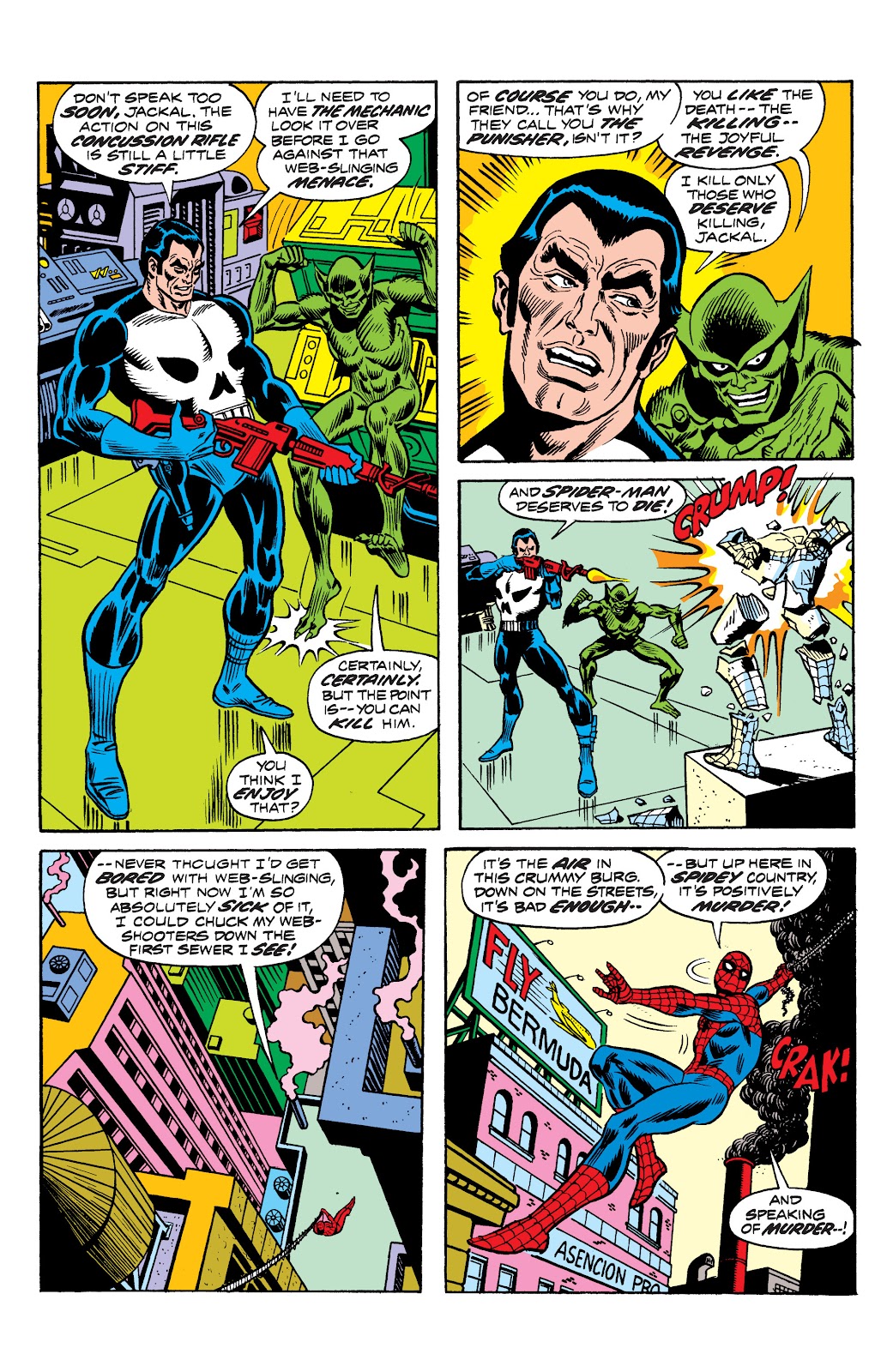
07.) The Longest Hundred Yards
by Len Wein & Ross Andru
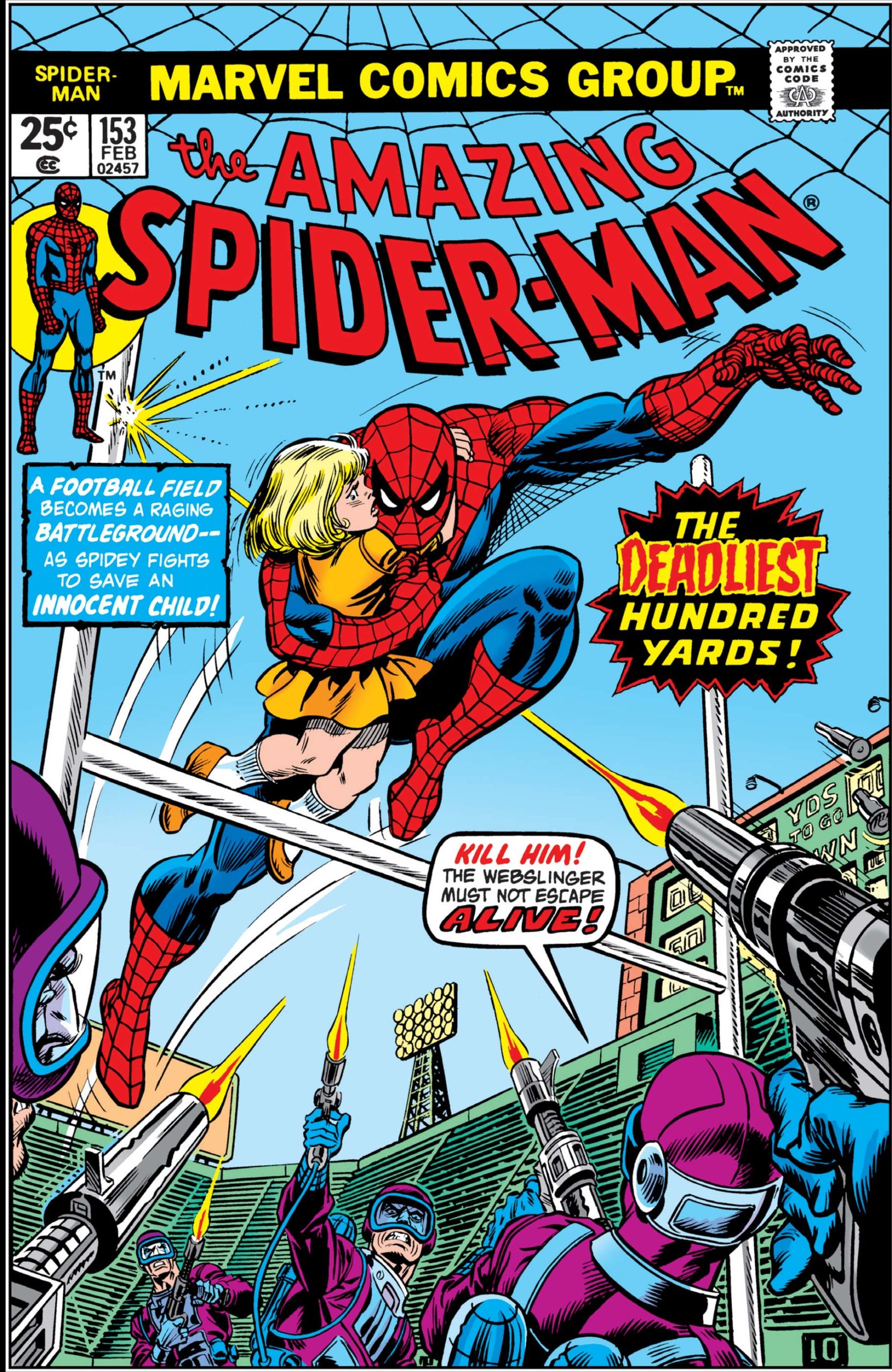
While interviewing former football star, Dr. Bradley Bolton, Spider-Man becomes involved in a plot of the villain Paine, who has kidnapped Bolton’s daughter! What are Paine’s demands? And will Spider-Man be able to save both Bolton, and his daughter?
Writer Len Wein’s time on Spider-Man might not be the most memorable, but I maintain that he had a solid run and delivered some memorable yarns; this easily being his crowning achievement on the title. This issue is packed with effective humor and drama, topped off with a surprisingly sad and downbeat climax. It just goes to show that even Spidey won’t always be able to arrive in time to save the day.
Oh and the Peter Parker/Mary Jane Watson moments in this issue are legitimately hilarious. They really bring some much appreciated levity to an otherwise sad story.
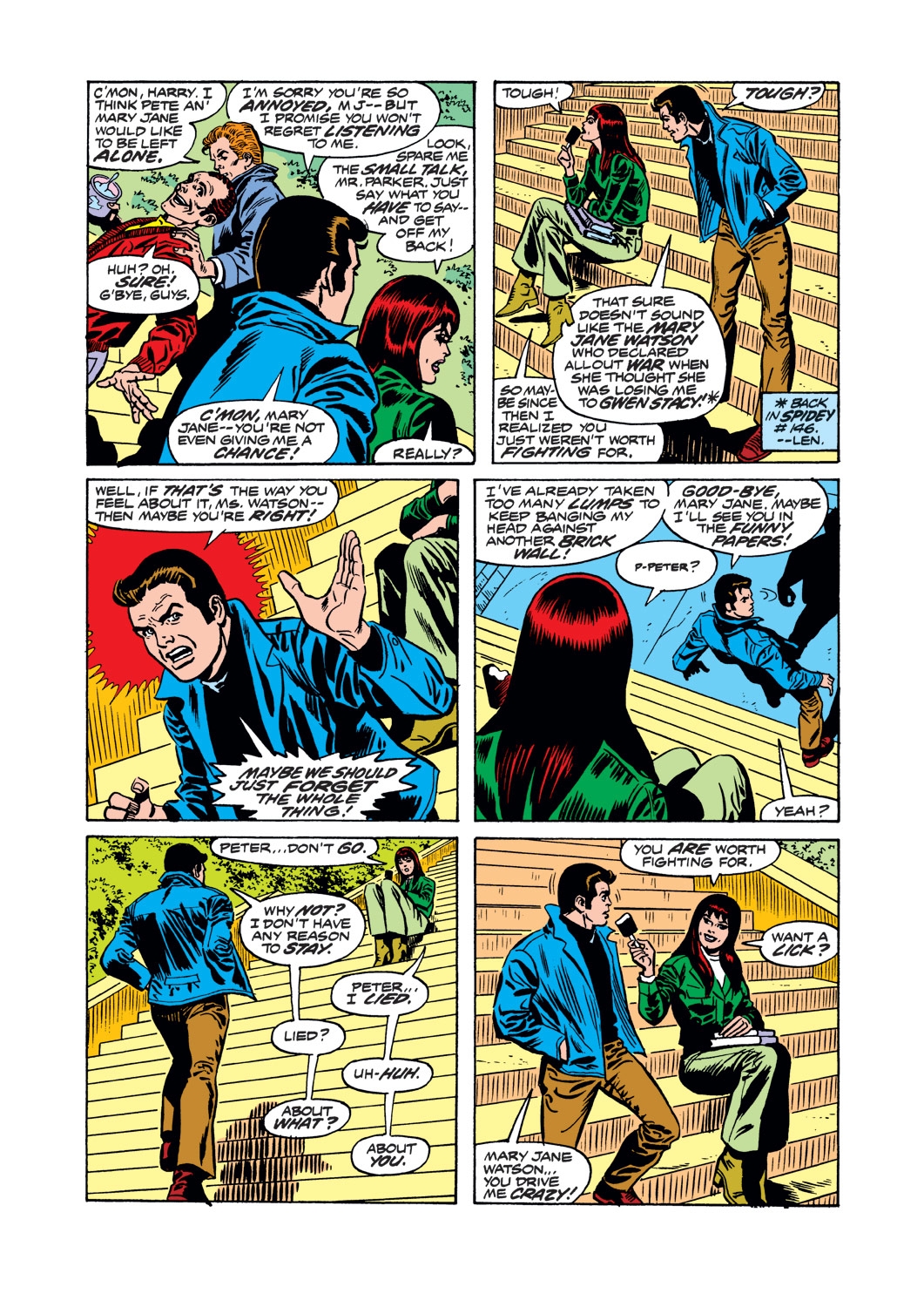
06.) The Green Goblin Lives Again
by Gerry Conway & Ross Andru
Finally succumbing to madness brought on by repeated drug usage, his father’s demise and the discovery that his roommate is Spider-Man Harry Osborn dons the Green Goblin mantle and sets out to avenge his father by killing Peter Parker once and for all. How can Spidey bring himself to battle his best friend?
Gerry Conway’s run had been slowly building towards Harry’s descent into insanity and here’s where it finally pays off. Seeing Harry completely lose his mind while stopping at nothing to destroy his former friend both physically and psychologically is truly compelling material. Peter doesn’t want to hurt Harry, but he might not have a choice in the matter as Harry becomes increasingly ruthless and deadly in his quest for vengeance. This two-parter would have major ramifications on the characters for years to come, ultimately ending in tragedy and heartbreak.
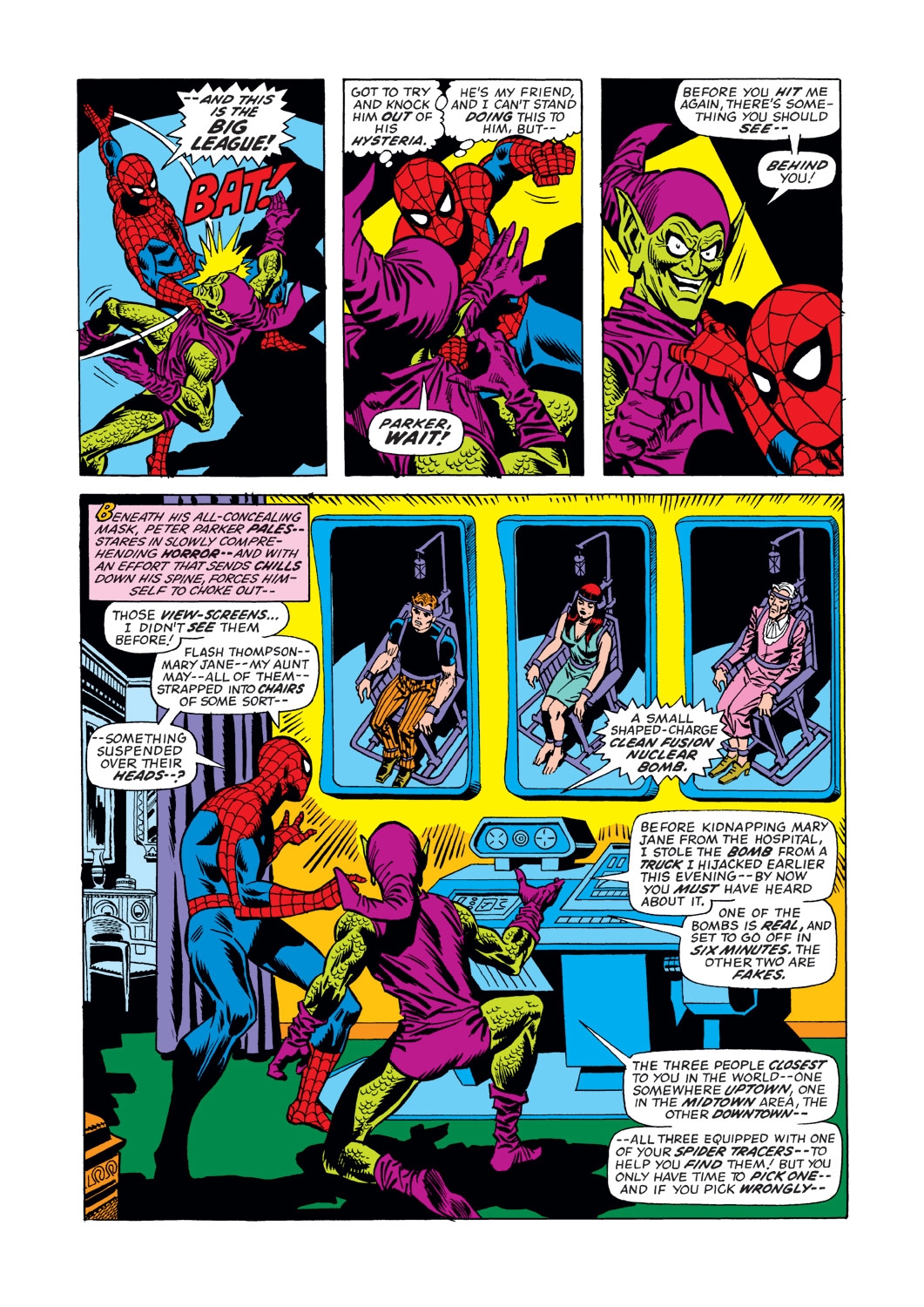
05.) 24 Hours to Doomsday
by Marv Wolfman & Keith Pollard
After becoming terminally ill from years of being exposed to radioactive chemicals for his various machines, Spencer Smythe vows to see his two most hated enemies perish before he does: Spider-Man and J. Jonah Jameson. To enact this, Smythe shackles the two men together with a wrist bomb set to detonate in 24 hours. Can the two longtime rivals put aside their difference and work together to survive?
In the entirety of the character’s publication, I’m not sure that any story has explored J. Jonah Jameson’s tumultuous relationship with the web-head as well as this one. Every scene between the two is gold as even when in a life-or-death situation, they still bicker, argue and insult each other like children. This all culminates in a memorable sequence where Jonah, convinced he is about to die, completely breaks down and begs the man he hates most to save his life.
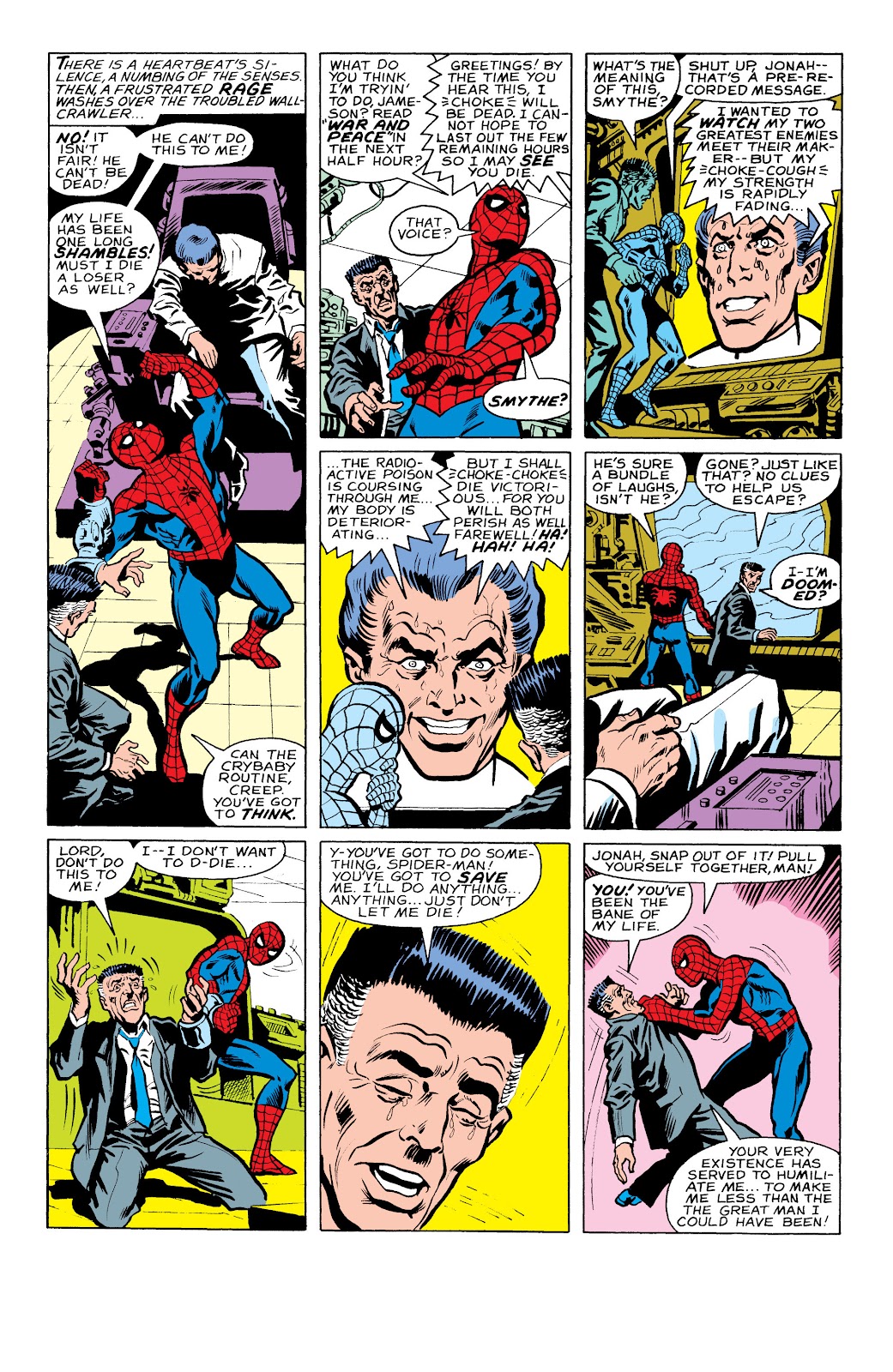
04.) The Original Clone Saga
by Gerry Conway & Ross Andru
After returning home from a Daily Bugle assignment in Paris, Peter Parker is completely stunned to find Gwen Stacy waiting for him in his apartment, alive and well! How can this be? And why has The Jackal taken such an interest in the resurrected Miss Stacy?
Before clones became a dirty word and concept that made even the most hardcore Spider-Man fans tremble with fear (or just plain annoyance), Gerry Conway and Ross Andru were showing everyone how it’s done in a story that uses the concept to great effect. Gwen Stacy reappearing in Peter Parker’s life turns out to be anything but a blessing as the confused young man has to come to terms with the fact that he has moved on from her and has found new love in Mary Jane Watson. The long-simmering Jackal plotline also finally comes to a head as his identity is finally revealed, along with why he loathes the wall-crawler so intensely and why he’s so obsessed with Gwen. The Jackal should have never appeared past this story, but he makes for a highly intriguing and even sympathetic antagonist here.
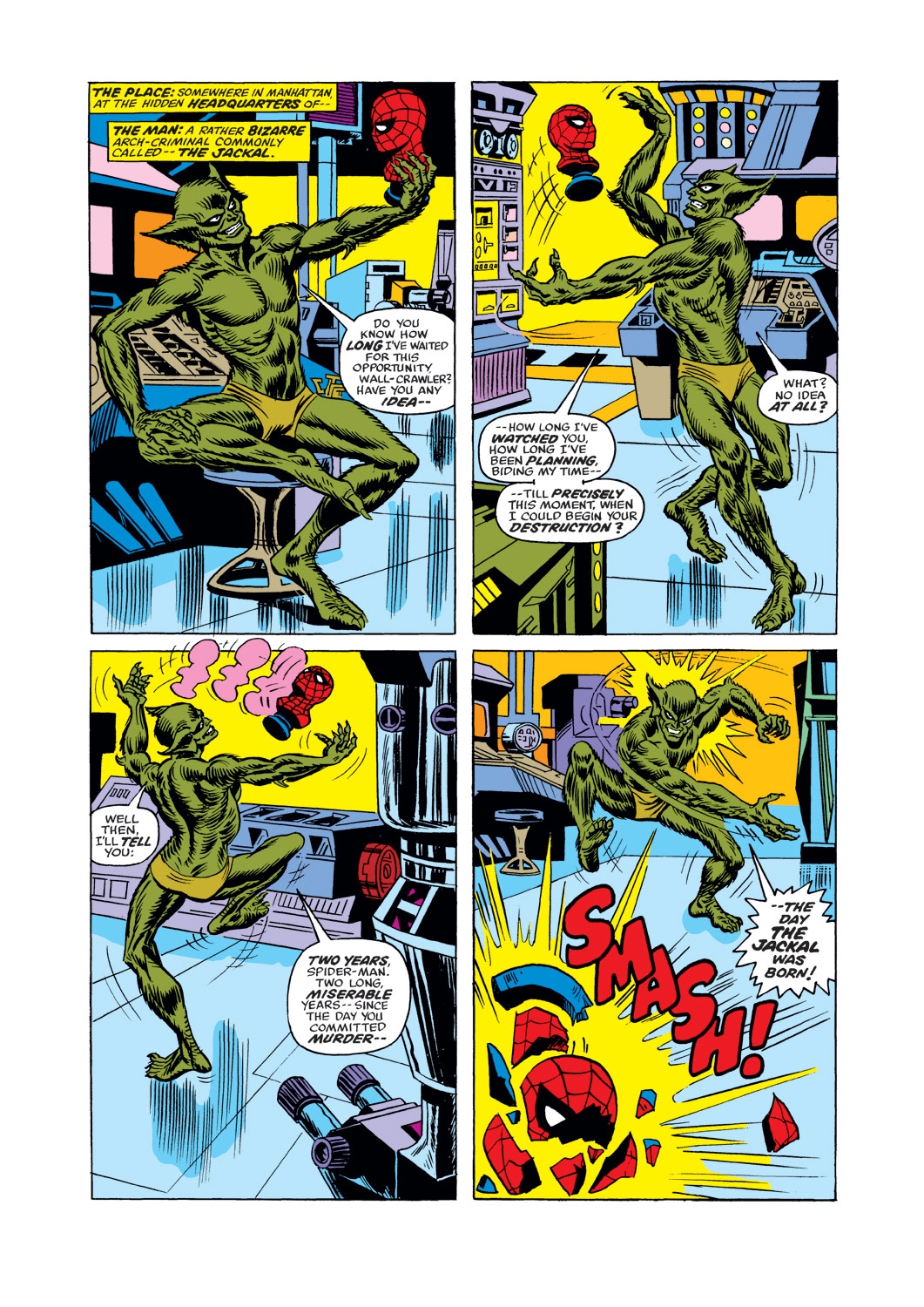
03.) Ashes to Ashes
by Bill Mantlo, Jim Mooney & Frank Miller
Peter Parker is unexpectedly ambushed in his own home by a deformed, mysterious figure referring to himself as “Carrion”. Carrion reveals that he knows Peter is Spider-Man and seeks vengeance on him for the apparent murder of two unspecified individuals. Who exactly are these people that Peter has supposedly slaughtered? And does he have any hope of defeating a being whose power exceeds his own and knows all of his deepest, darkest secrets?
This story arc is the point where Spectacular Spider-Man ceased simply being the B-title and began to rival its older sibling Amazing in terms of quality. Carrion is an absolutely fantastic antagonist here as he both outsmarts and overpowers our hero at every turn, cruelly taunting him about his secrets (both true and false) all the while. His motivations also make for an excellent mystery that will keep readers guessing until the answers are finally revealed and they don’t come easy. It’s a shame how far Carrion has fallen since this initial arc as he was easily one of the deadliest foes Spidey had ever faced at his point in his career.
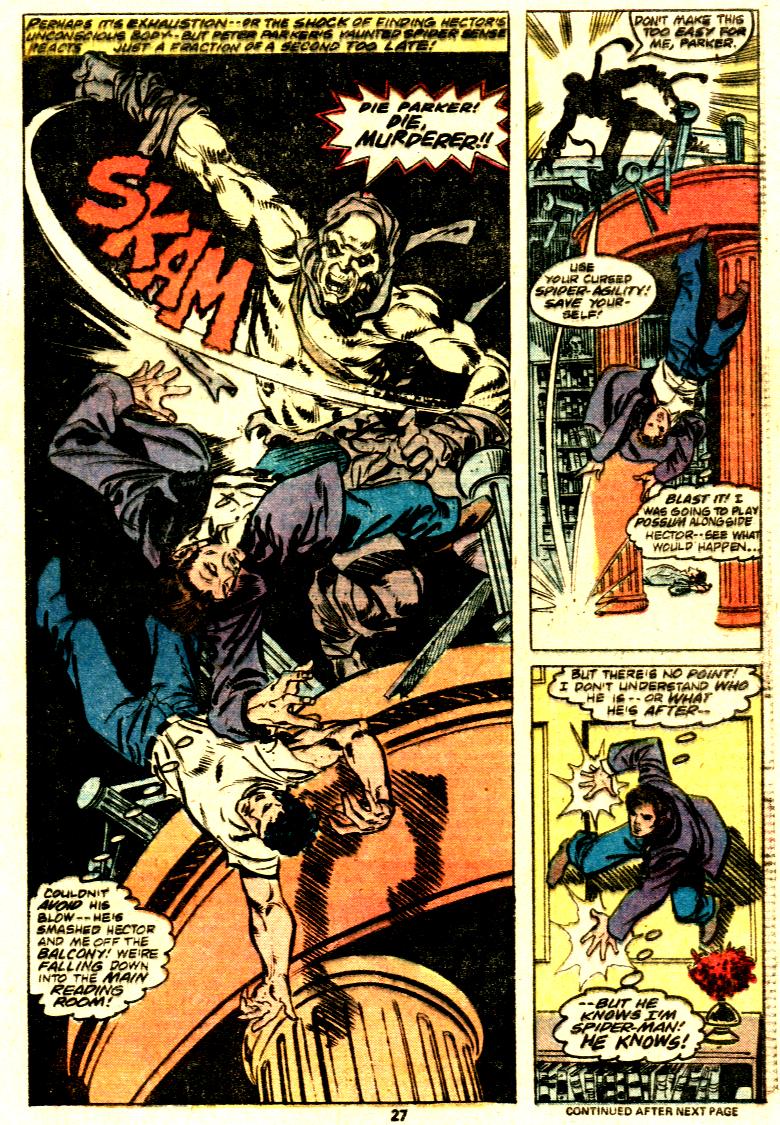
2.) Return of the Burglar
by Marv Wolfman & Keith Pollard
When Aunt May mysteriously passes away, a distraught Peter Parker searches for answers. Sure enough, our hero eventually discovers that the burglar who murdered his Uncle Ben all those years ago has returned and has some unfinished business with the Parker family. But before Spider-Man can confront the man who changed his life forever, he must get through a gauntlet of some of his deadliest foes (and The Fly) first!
After nearly two decades of stories, Spidey finally settles his oldest score against the thief who’s cowardly actions were ultimately responsible for making Peter Parker into the hero he is today. Their confrontation is excellent as years of repressed anger and guilt come bubbling to the surface for the web-slinger. If that isn’t enough, this arc also features the introduction of Spider-Man’s on-again-off-again love interest, Felicia Hardy/The Black Cat, one of the best Kingpin stories featuring an all-out brawl between the two and a top-notch Mysterio tale that shows off some of his best illusions. What more could you ask for?
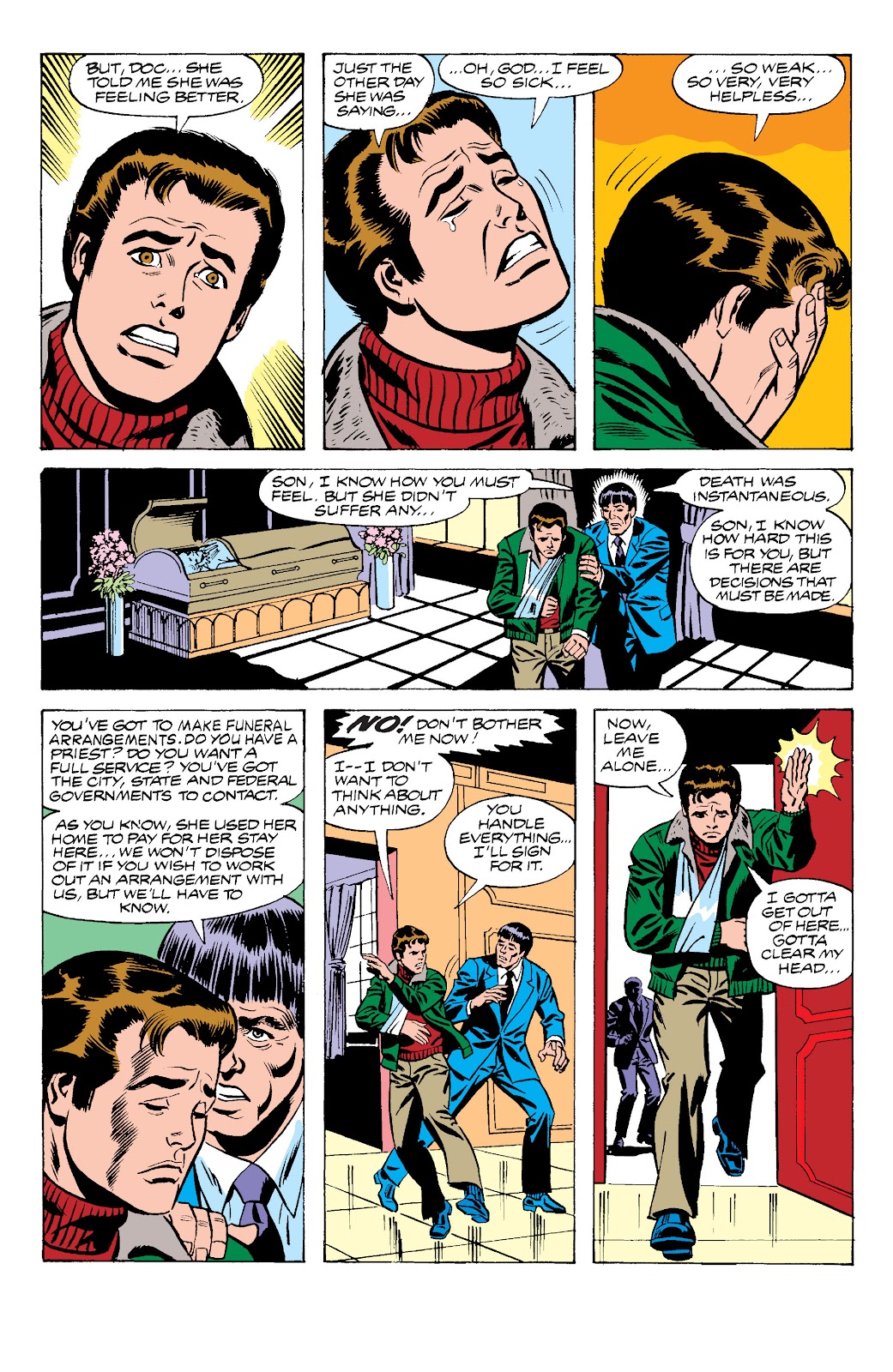
01.) The Night Gwen Stacy Died
by Gerry Conway & Gil Kane
After relapsing once again into his Green Goblin persona, Norman Osborn abducts Gwen Stacy, girlfriend of Peter Parker, in order to lure his hated nemesis into a trap. Spider-Man arrives to save his love, but ultimately fails as Gwen is hurled off the George Washington Bridge by the Goblin to her death. Enraged like never before, Spidey vows to kill The Goblin once and for all.
What can I say about this two-parter that hasn’t been said by literally everyone else? This isn’t just a seminal moment in Spider-Man history; it’s a seminal moment in comic book history. Importance aside, the story itself is as high quality as they come. Spidey’s sheer, raw rage as he pummels The Green Goblin within an inch of his life is incredibly satisfying, yet deeply unnerving. Seeing a hero best known for his witty retorts and optimistic demeanor become so bloodthirsty and emotionally broken will never be as effective as it is here. You can actually feel Peter Parker’s grief as he cradles Gwen Stacy’s corpse in his arms, remembers how they first met and finally vows vengeance against her killer.

On top of all that, The Night Gwen Stacy Died also sets up Harry Osborn’s path to taking up his father’s criminal mantle, as well as the eventual romance between Peter Parker and Mary Jane Watson. Everything that transpires in these two issues would inform the characters and stories for decades to come, cementing it as an all-time classic.
What do you think? Did I leave any stories out? Stay tuned for Part 2 as we explore everything the 1980s have to offer!

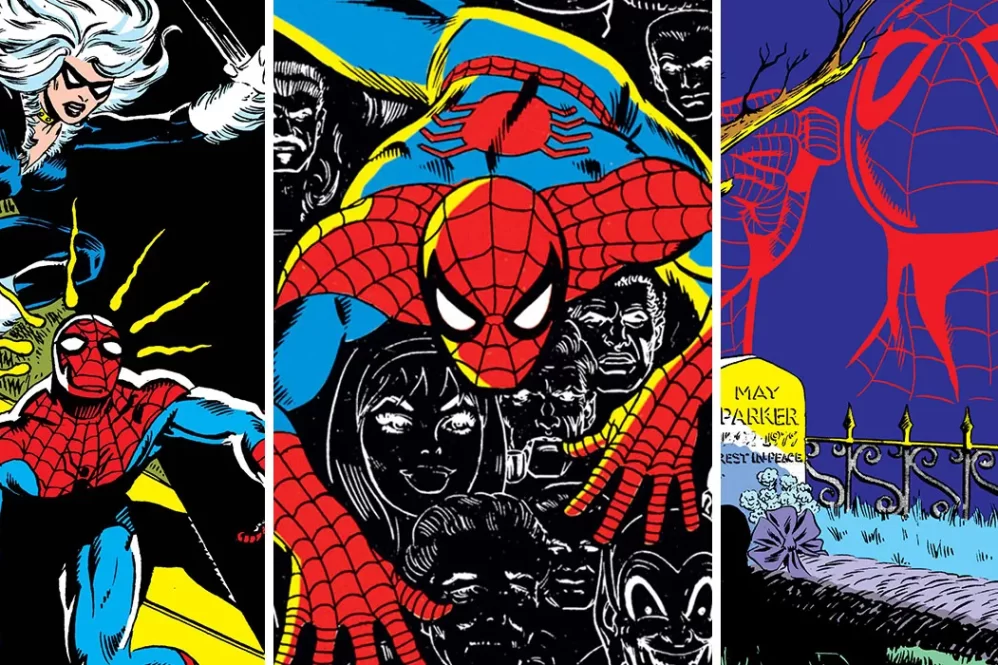
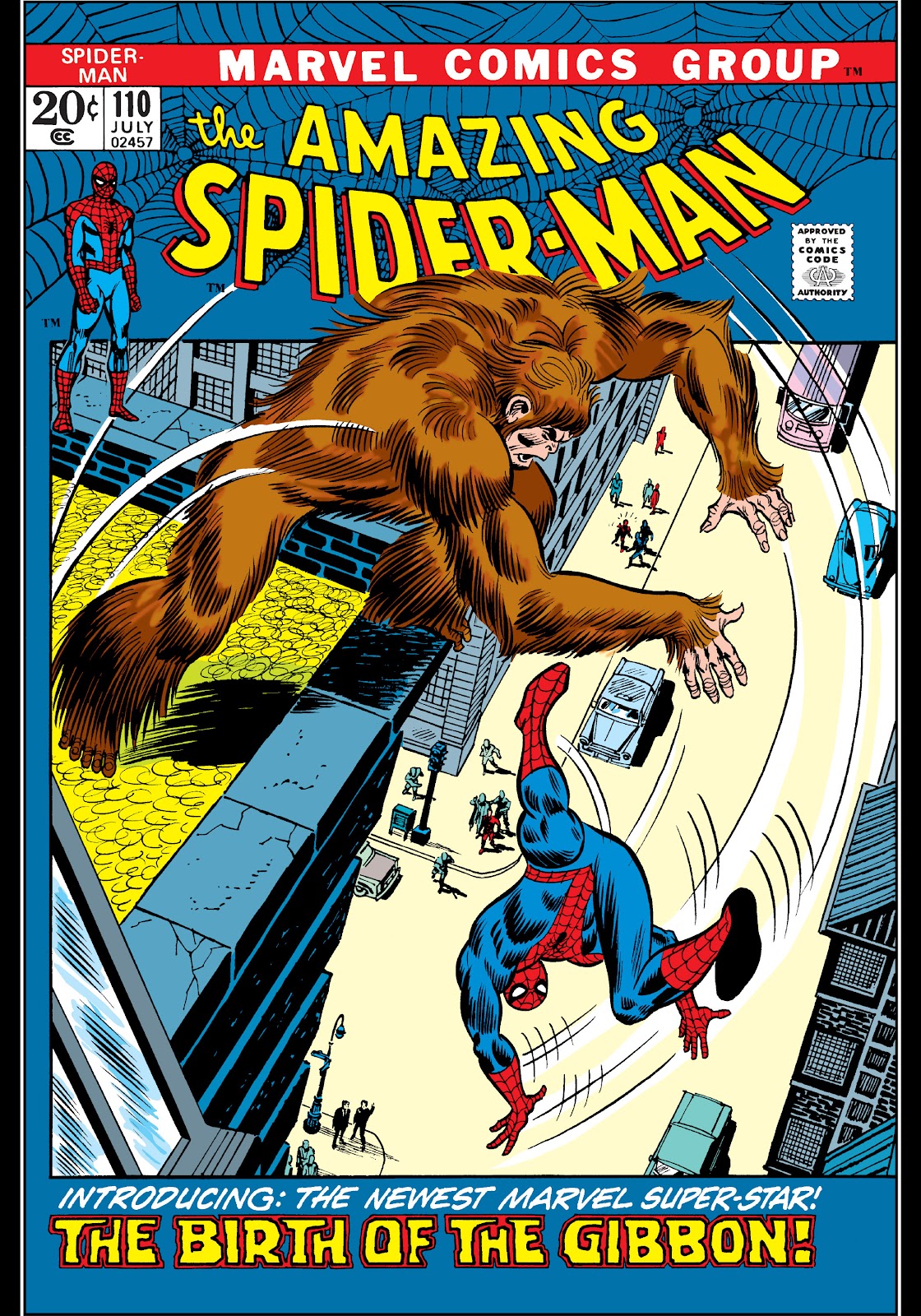
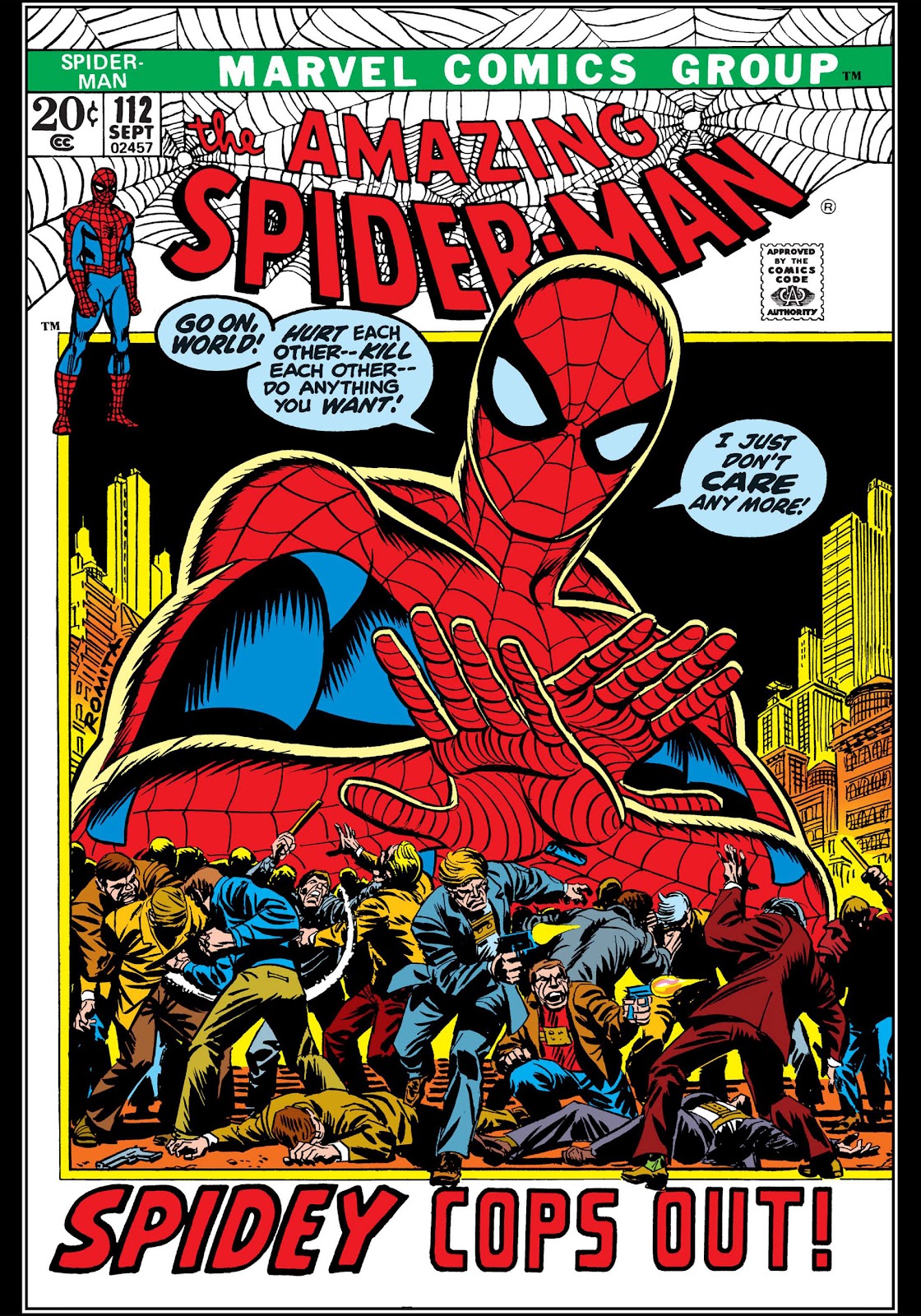
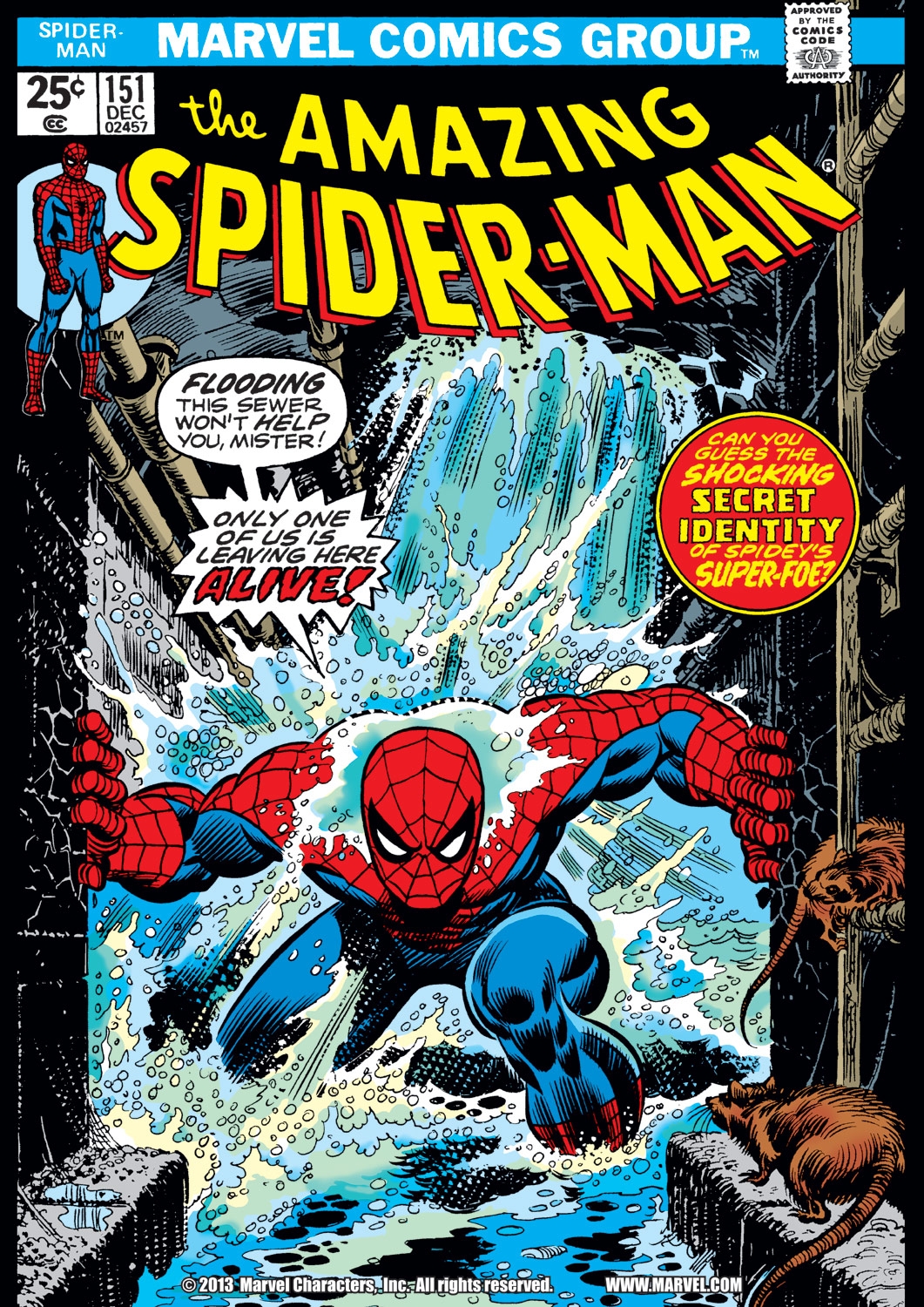
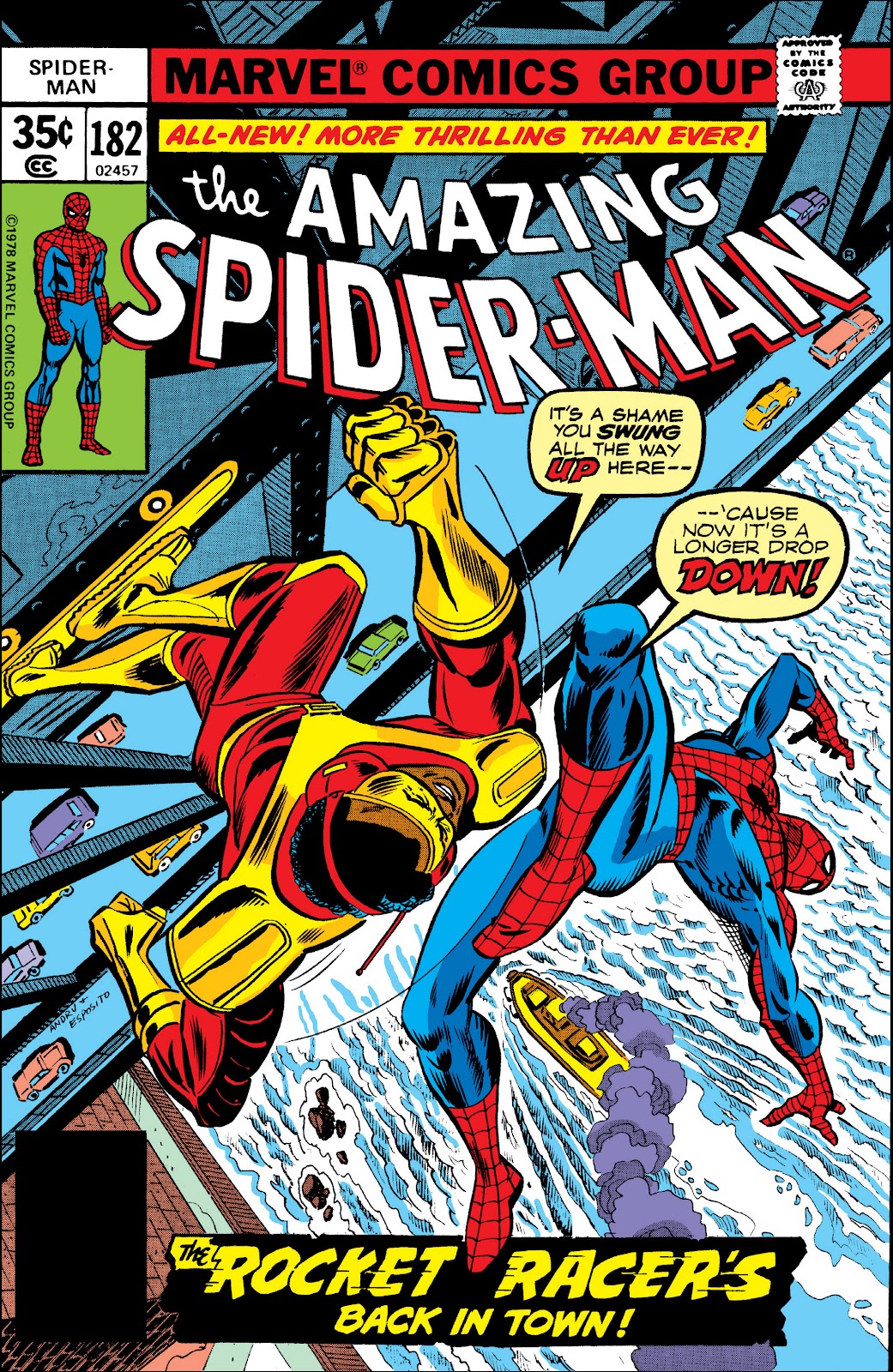
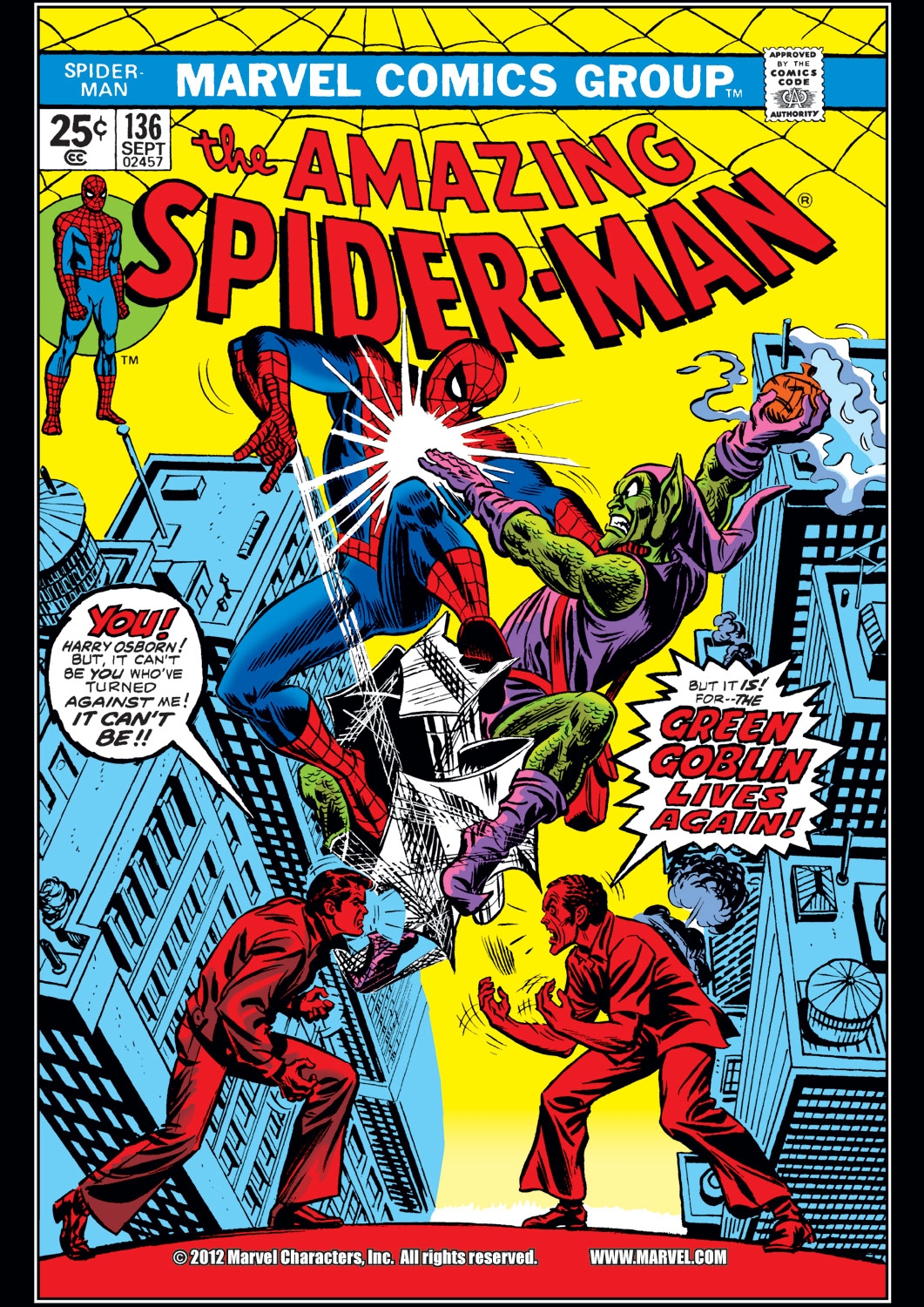


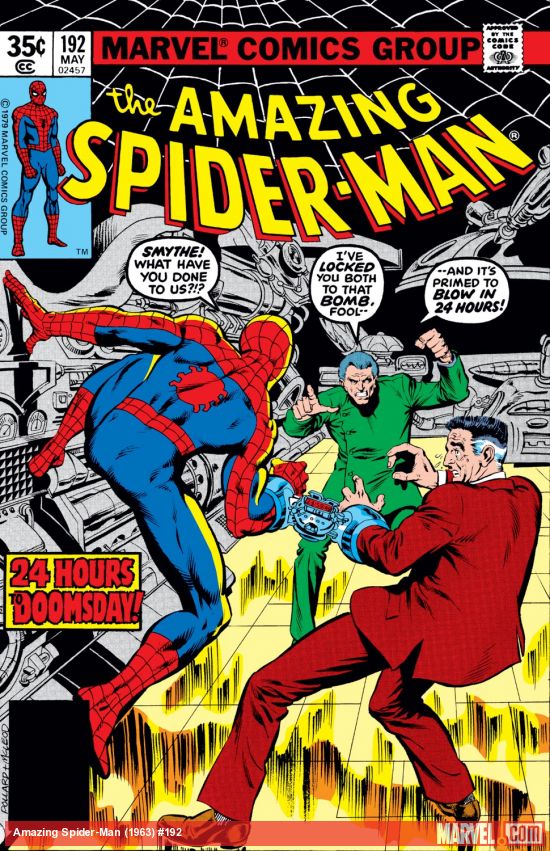
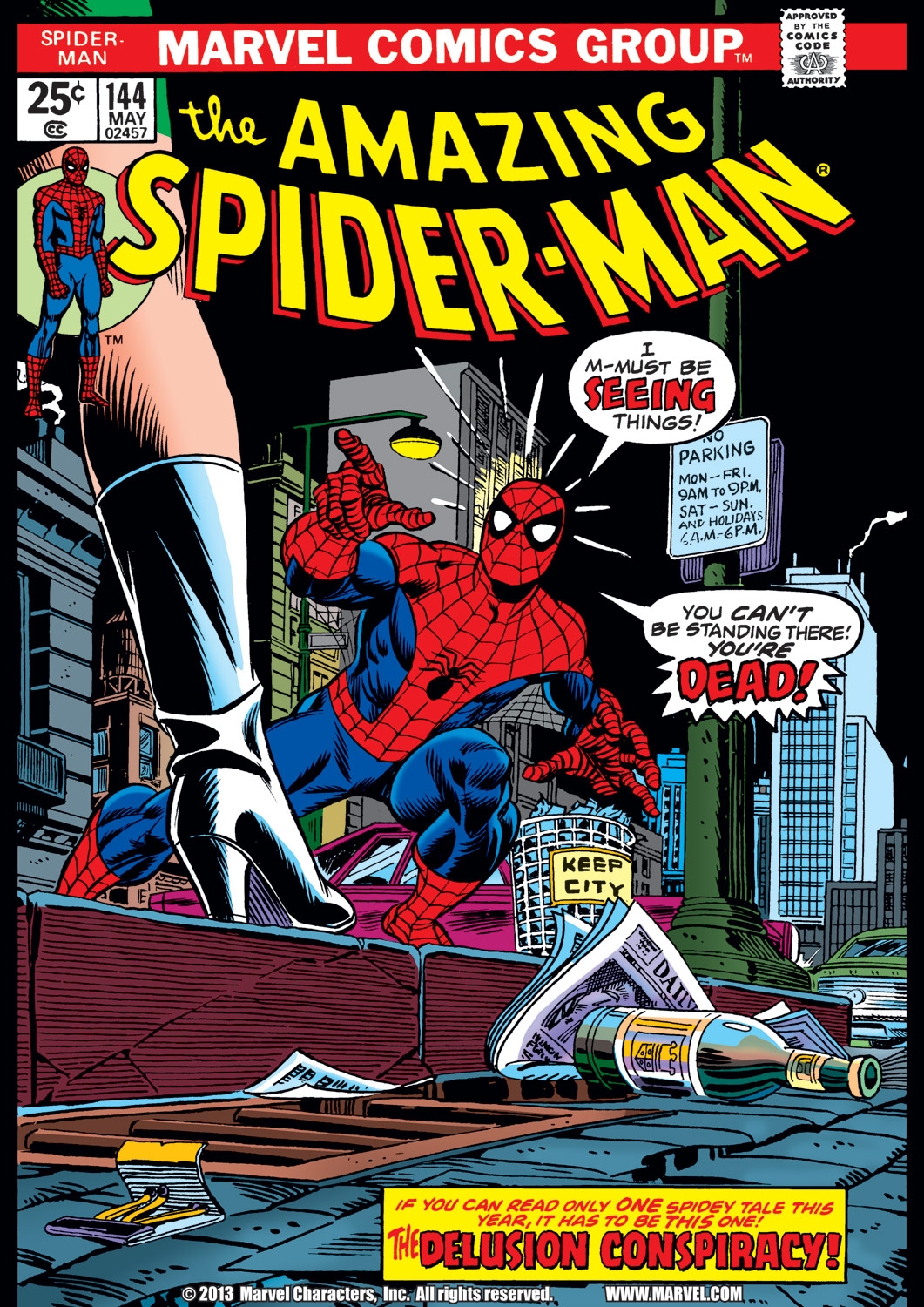
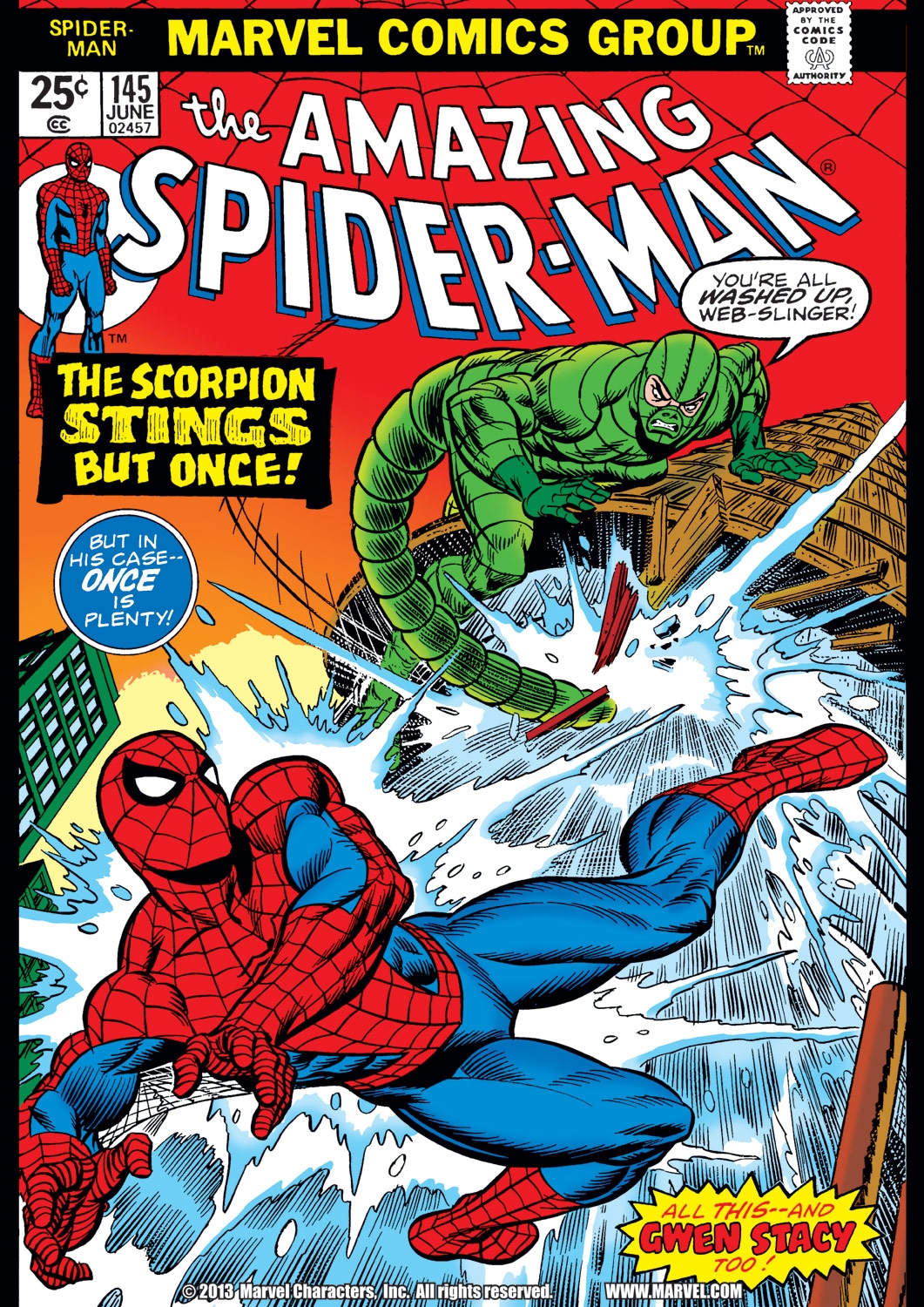
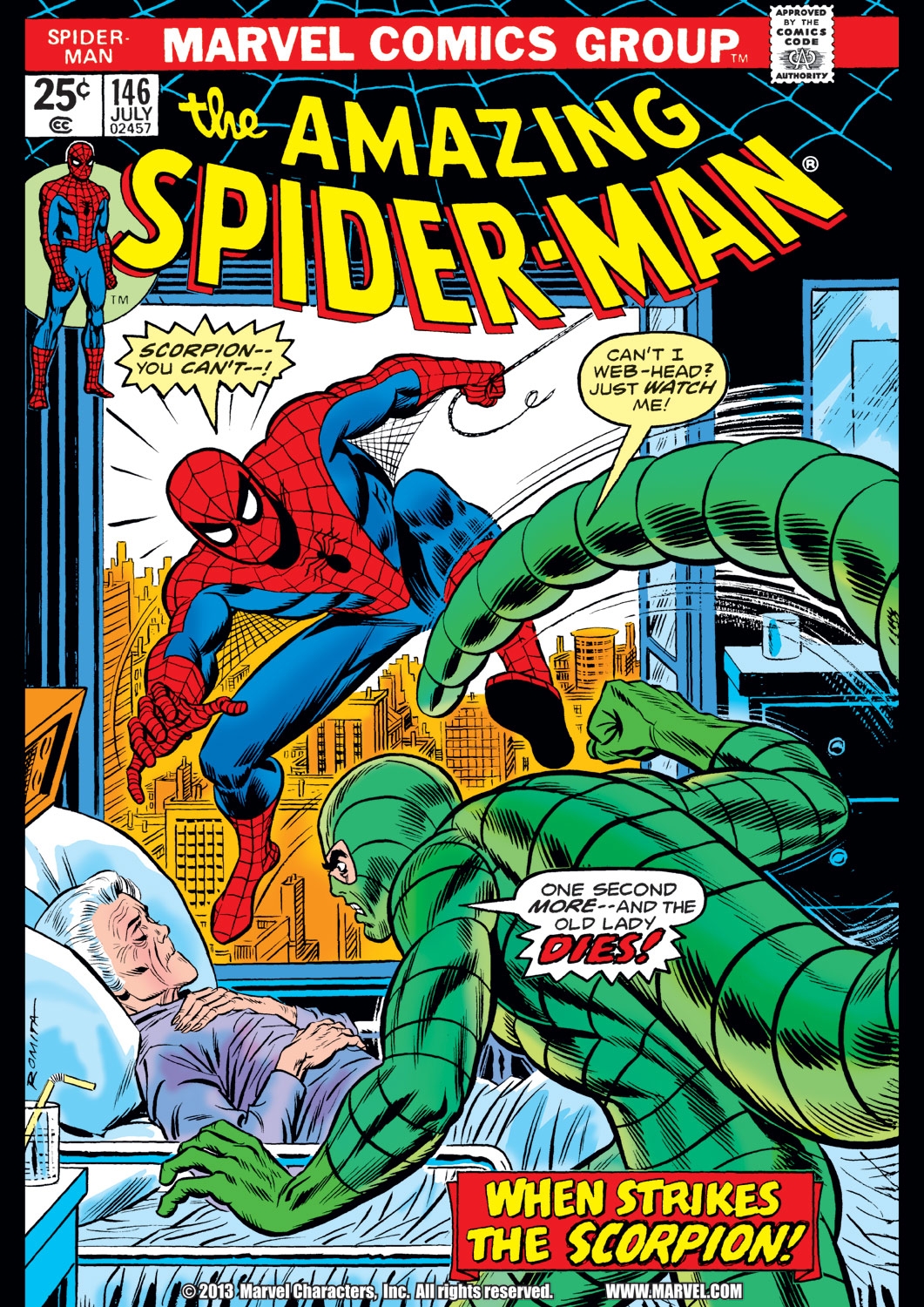
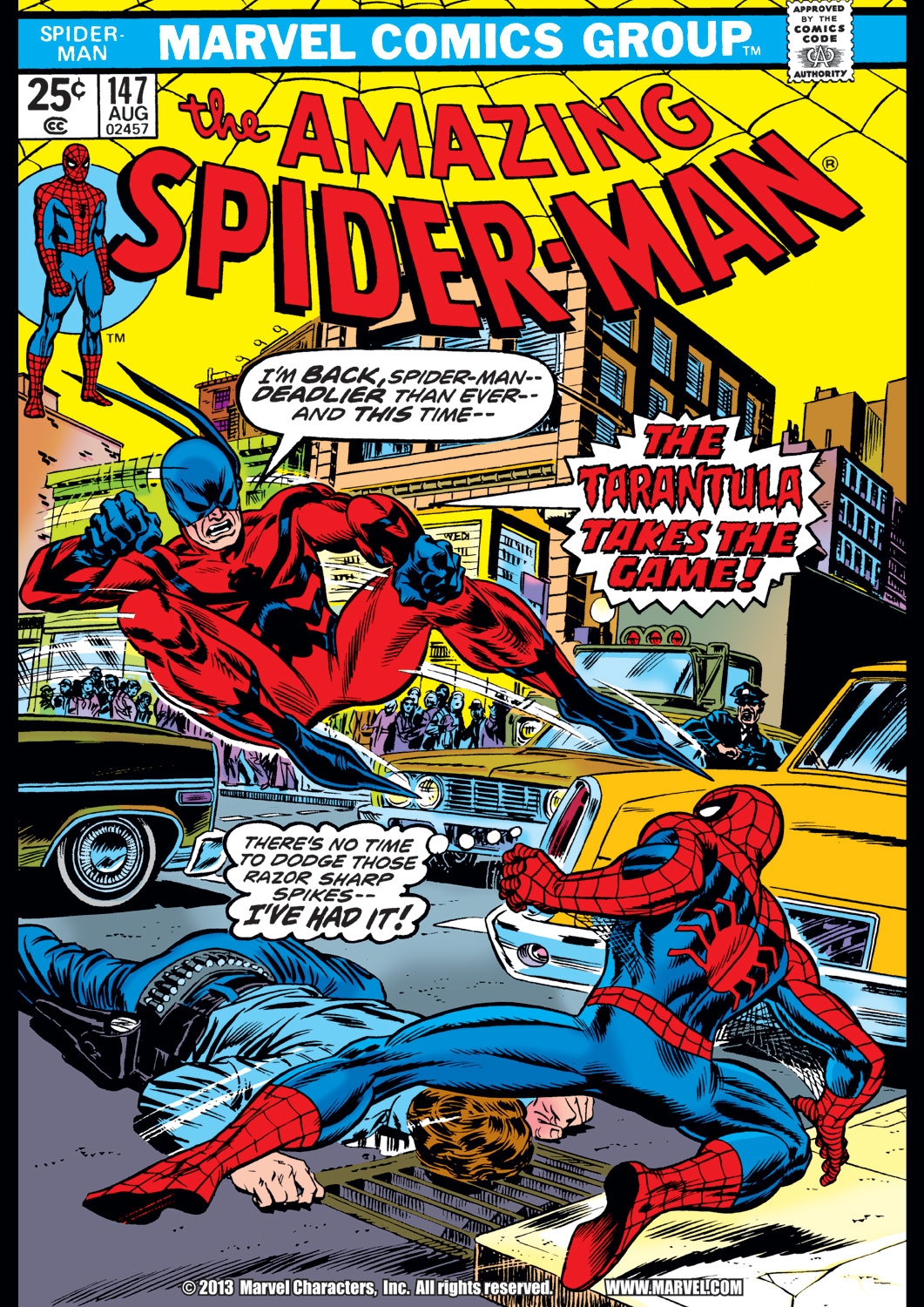
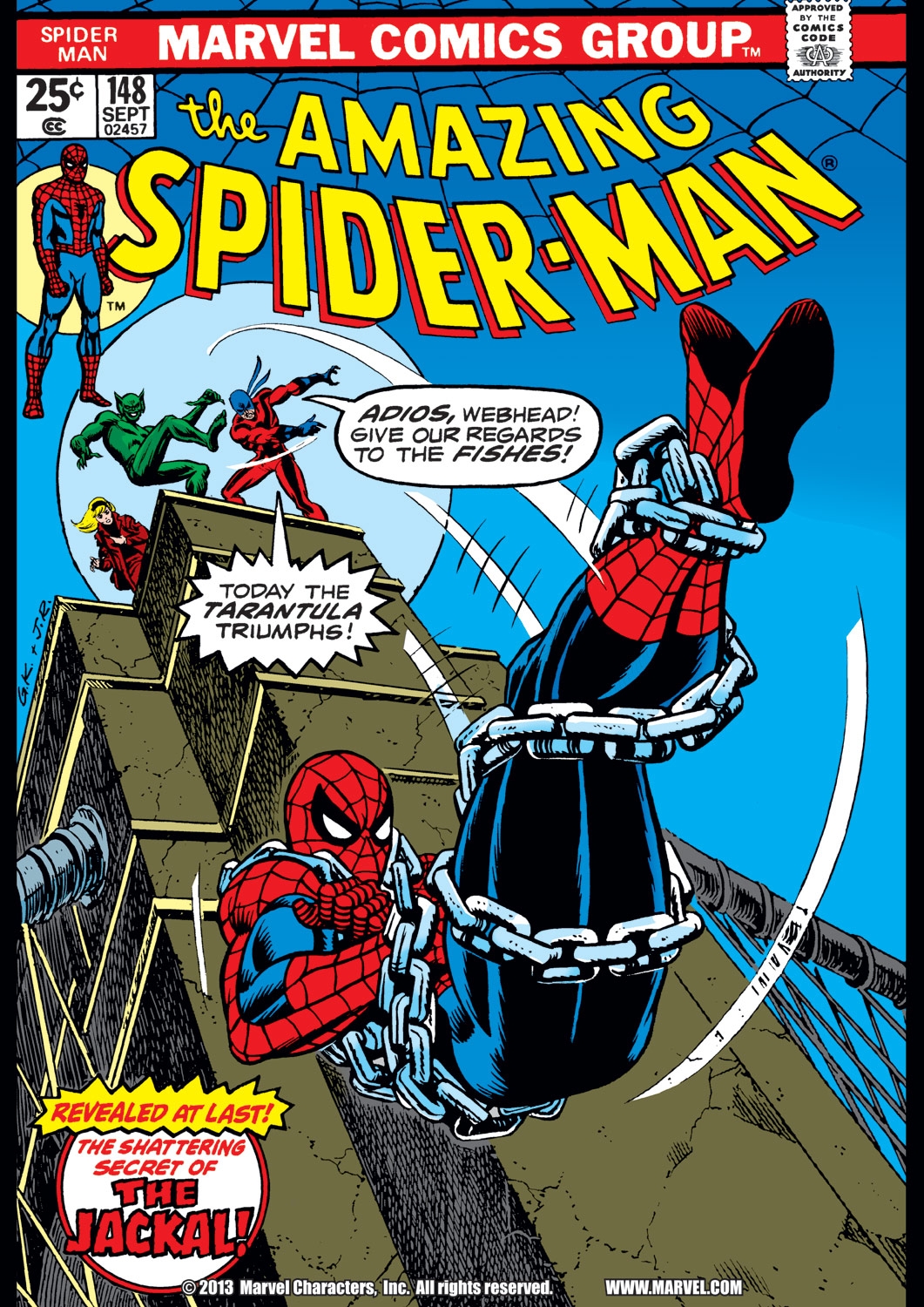
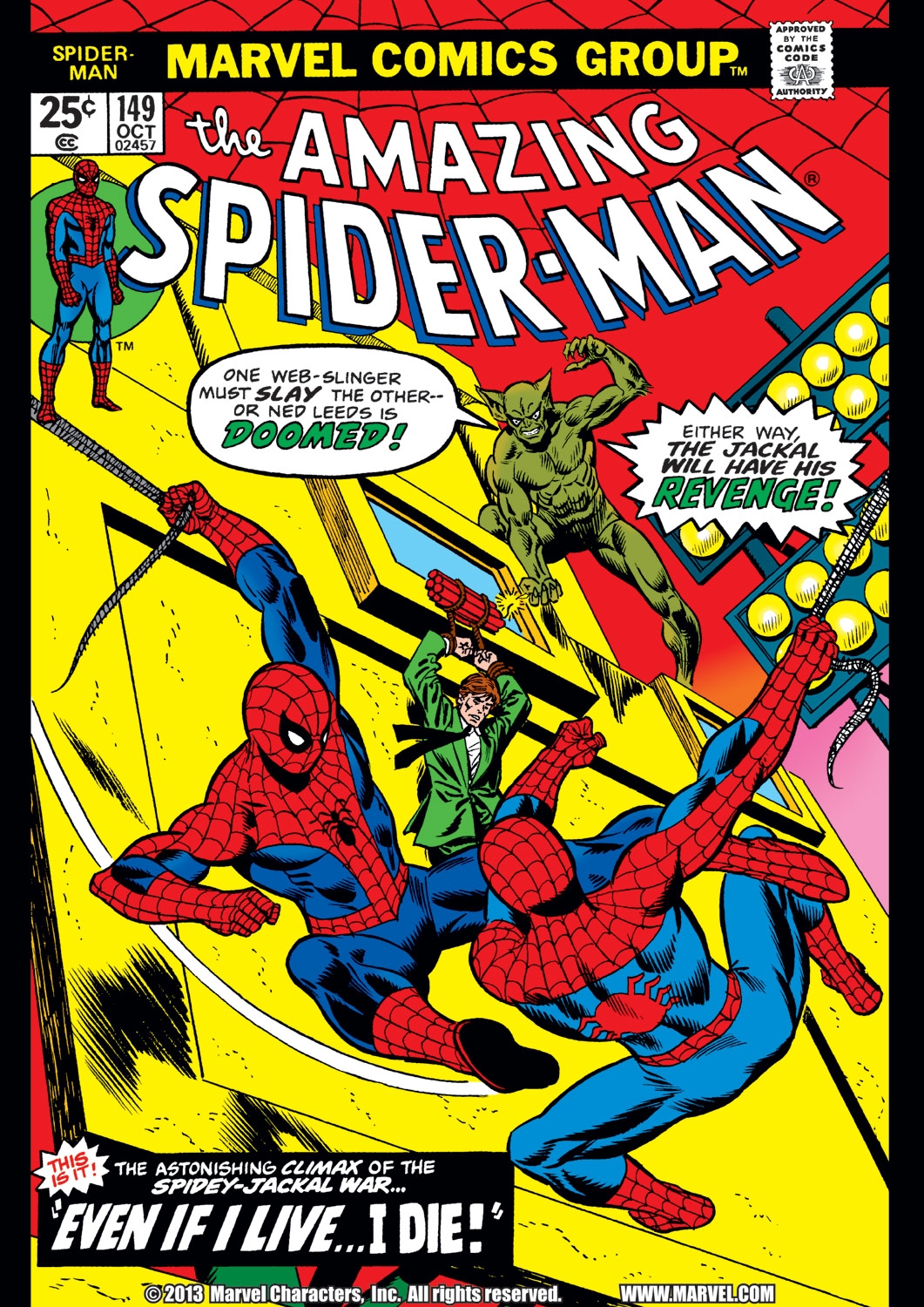
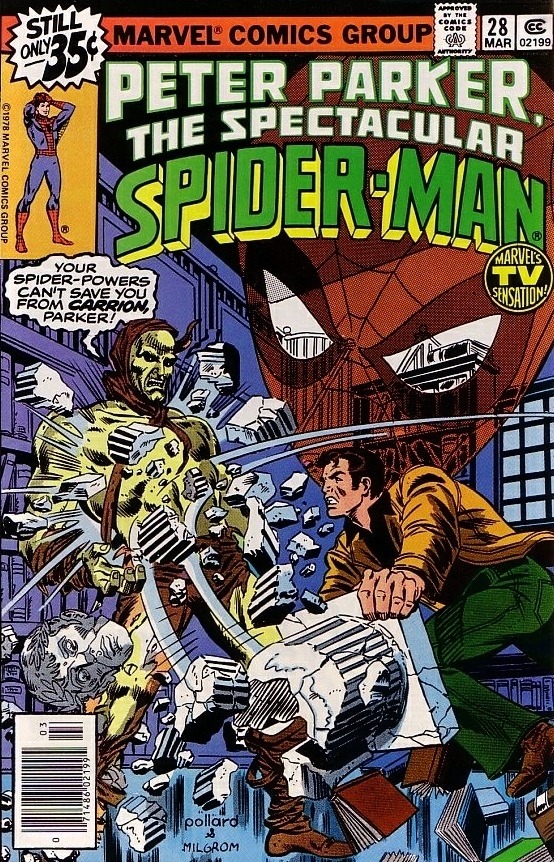

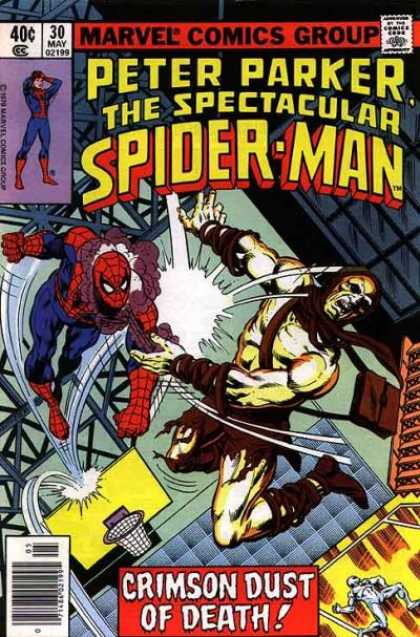
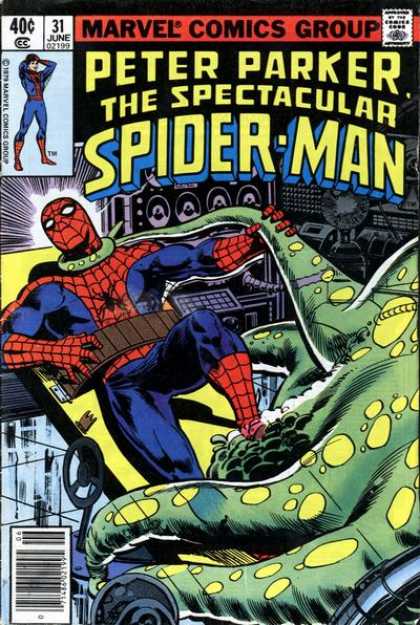
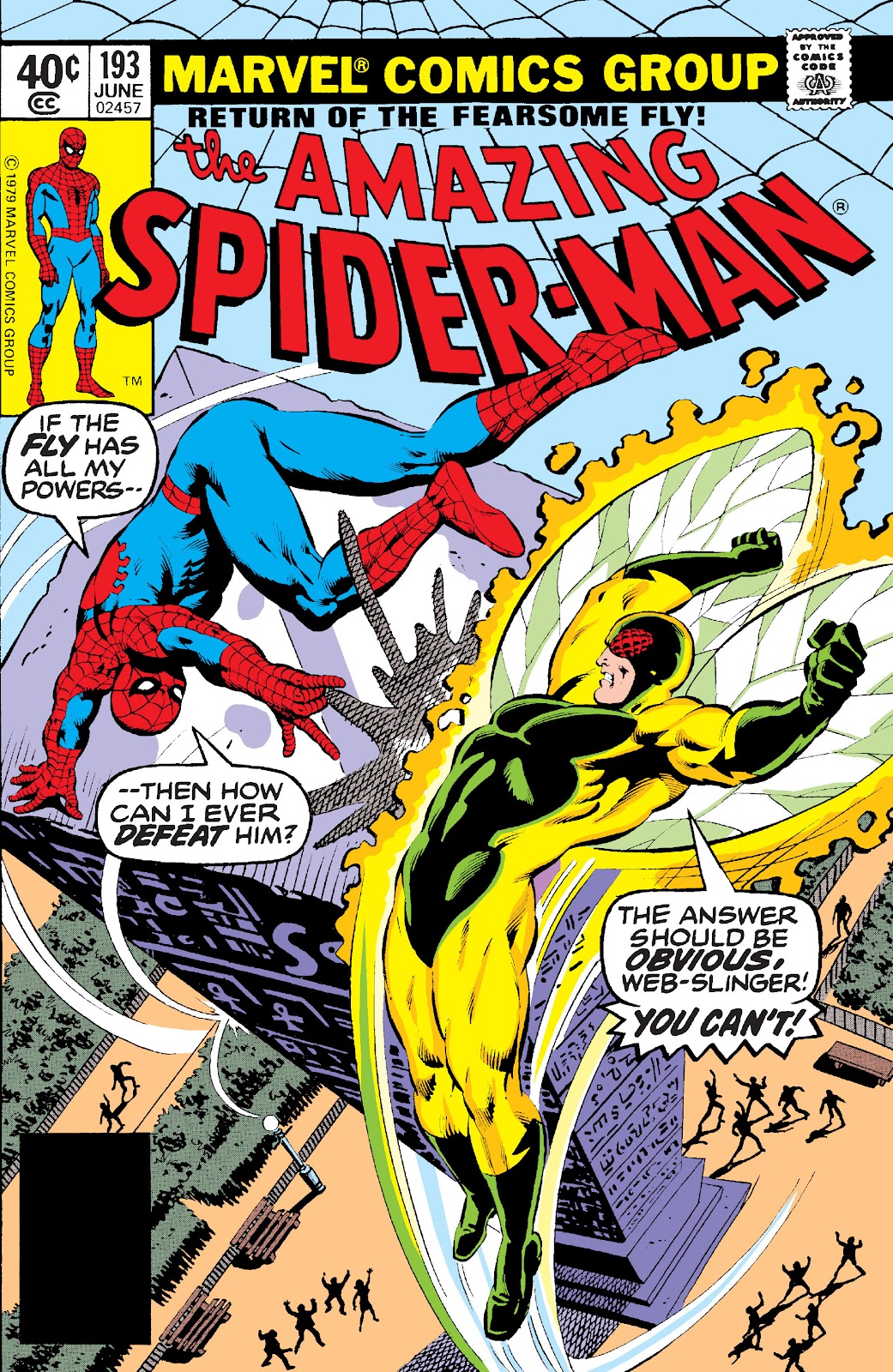
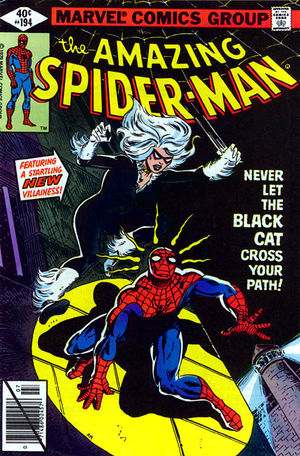
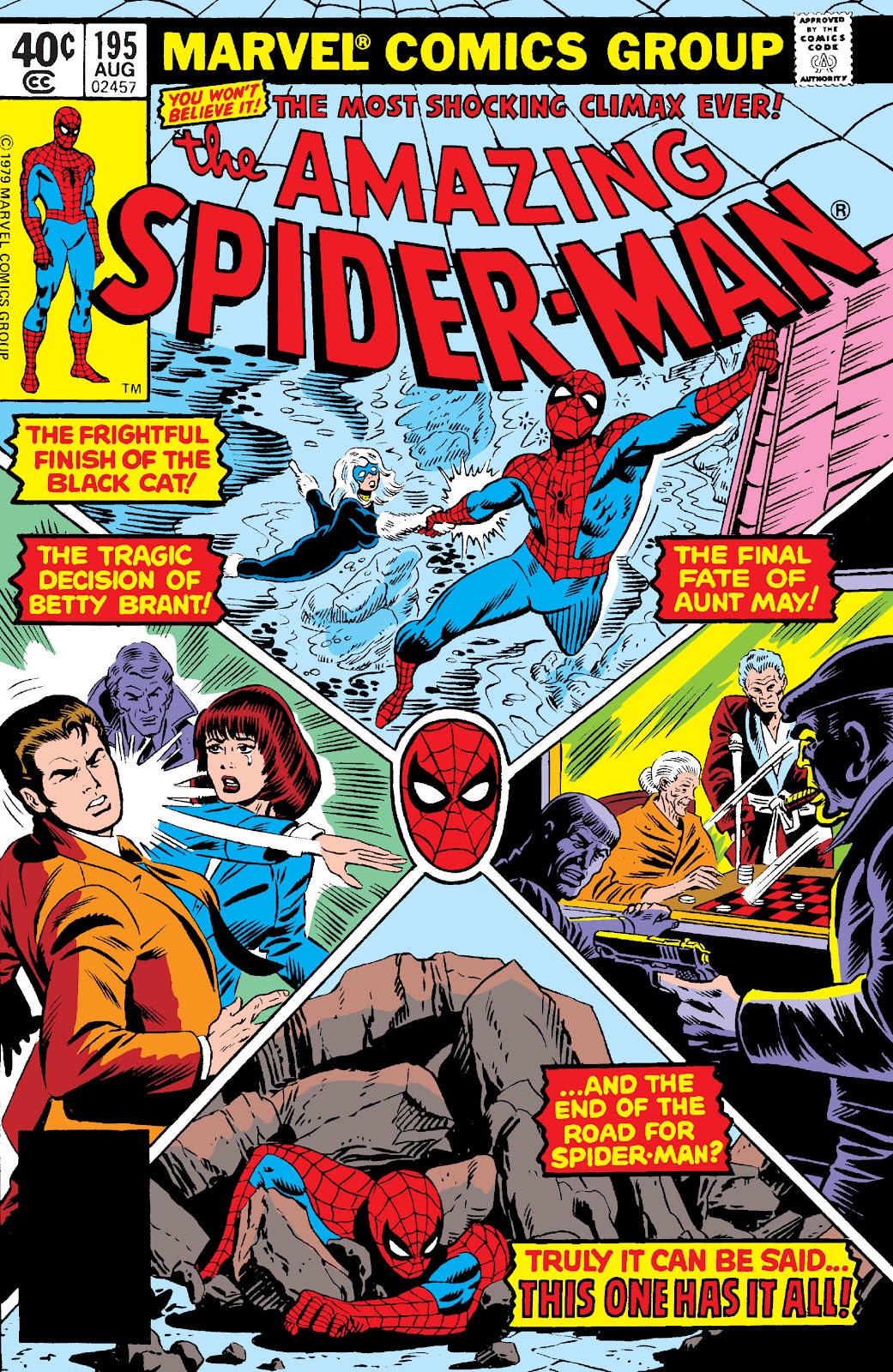
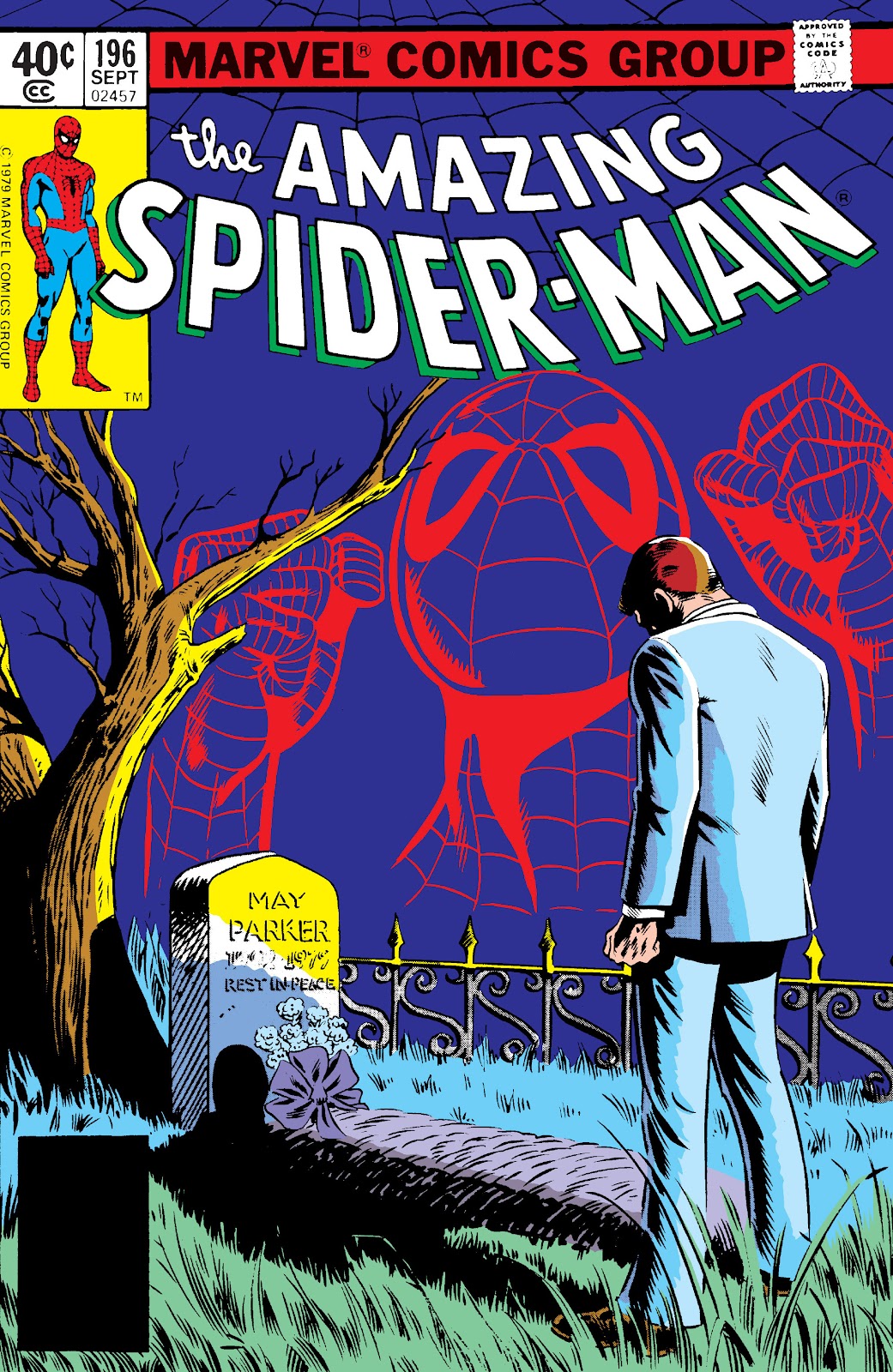
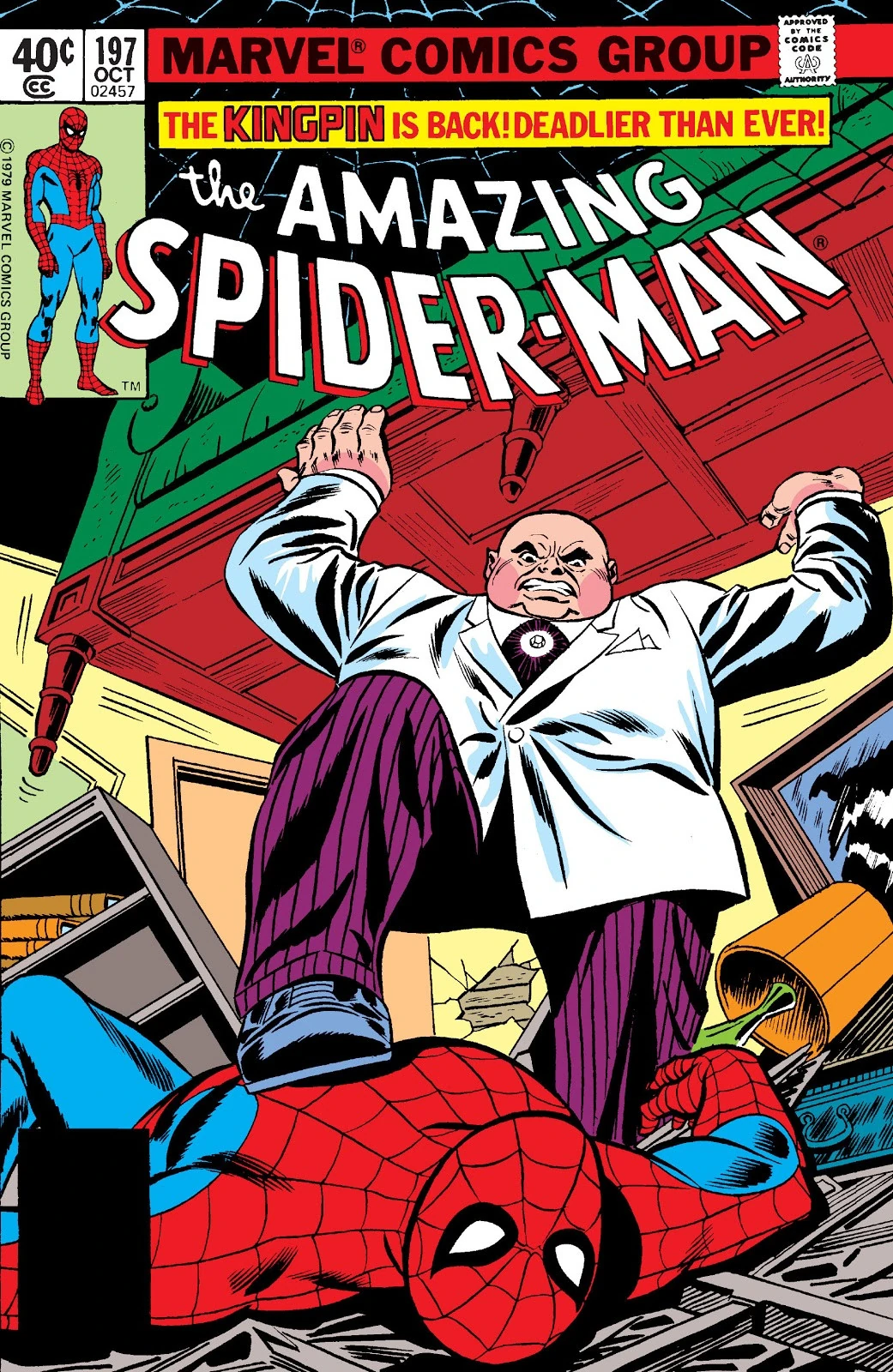
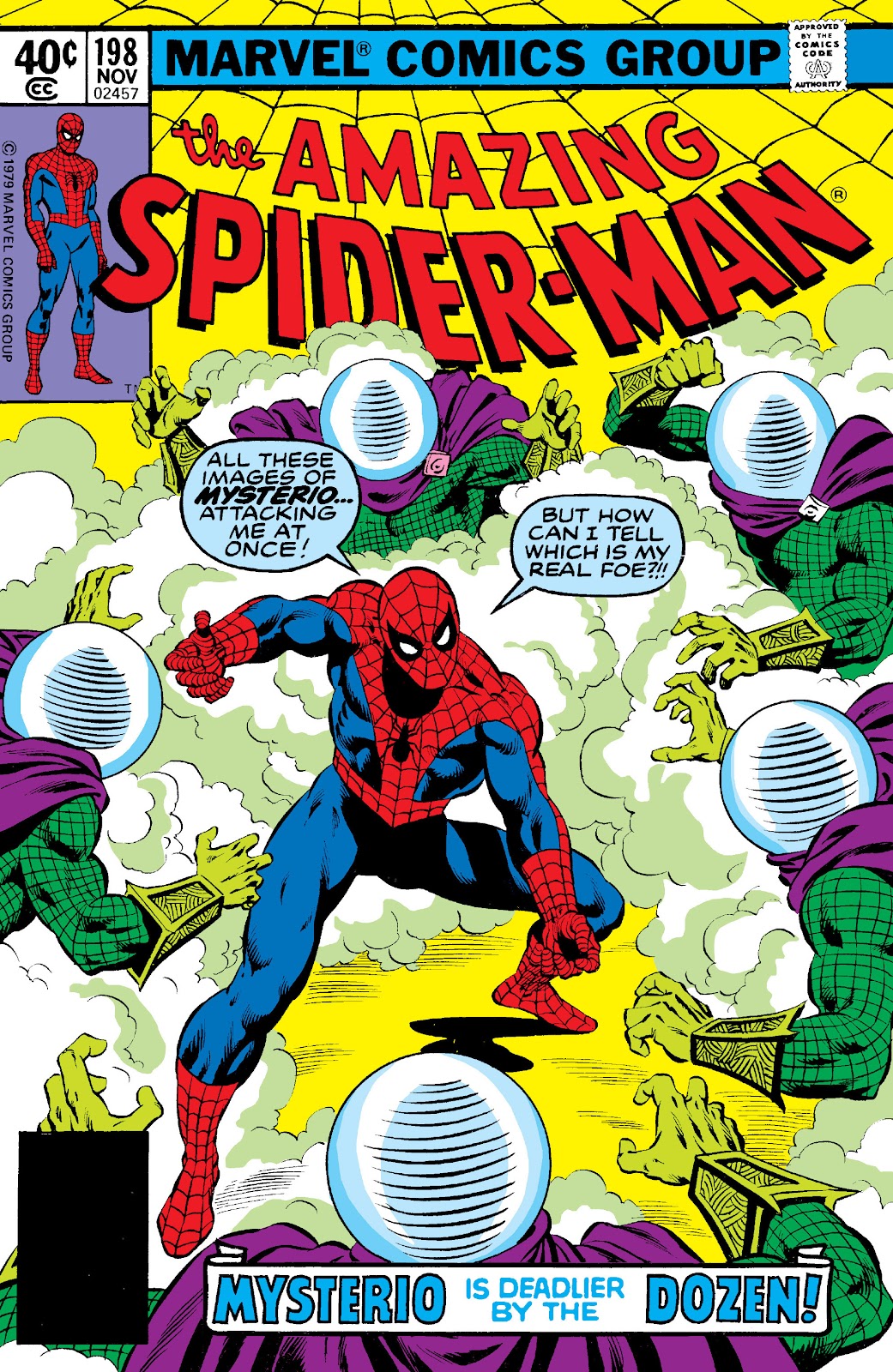
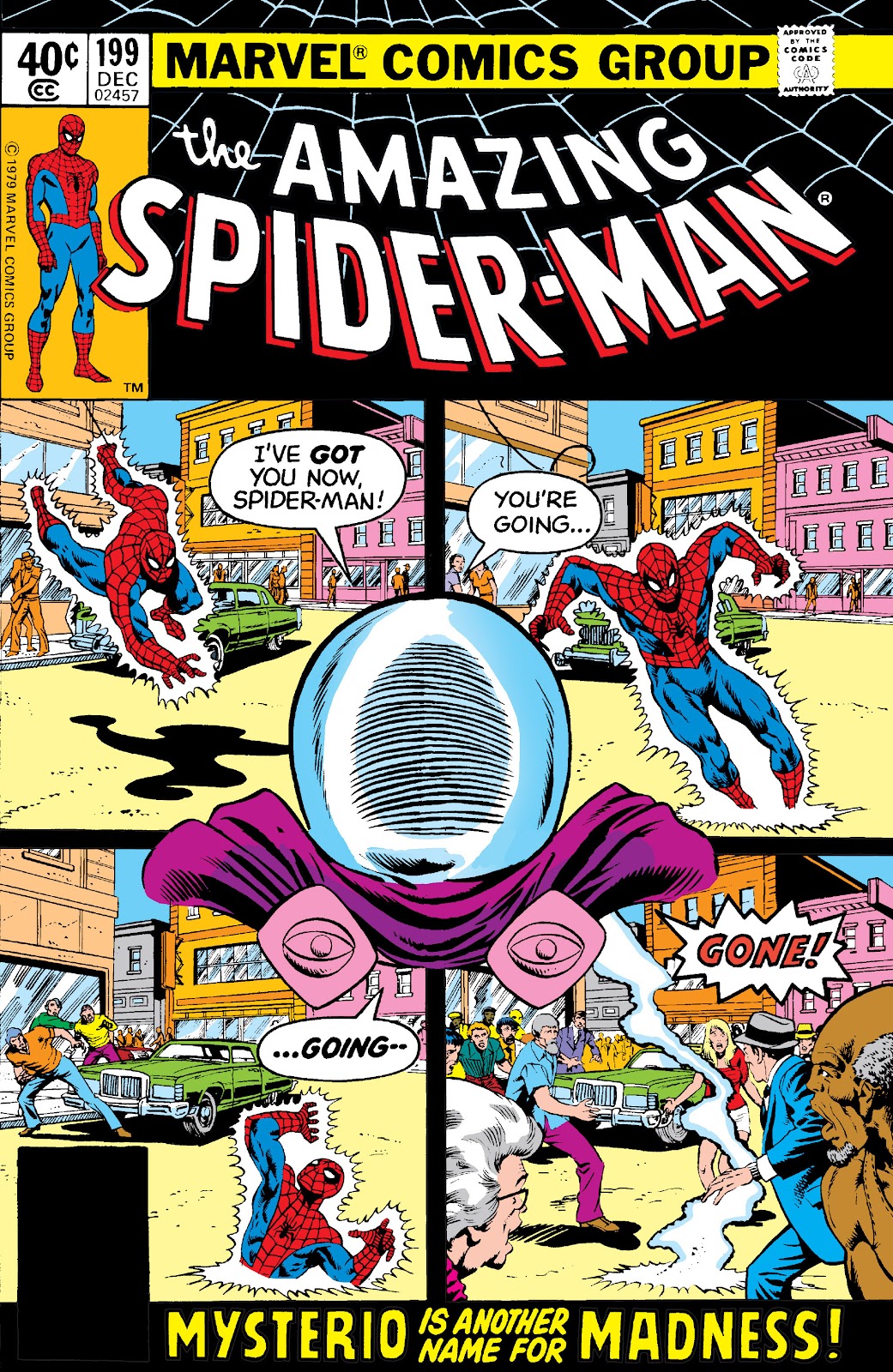
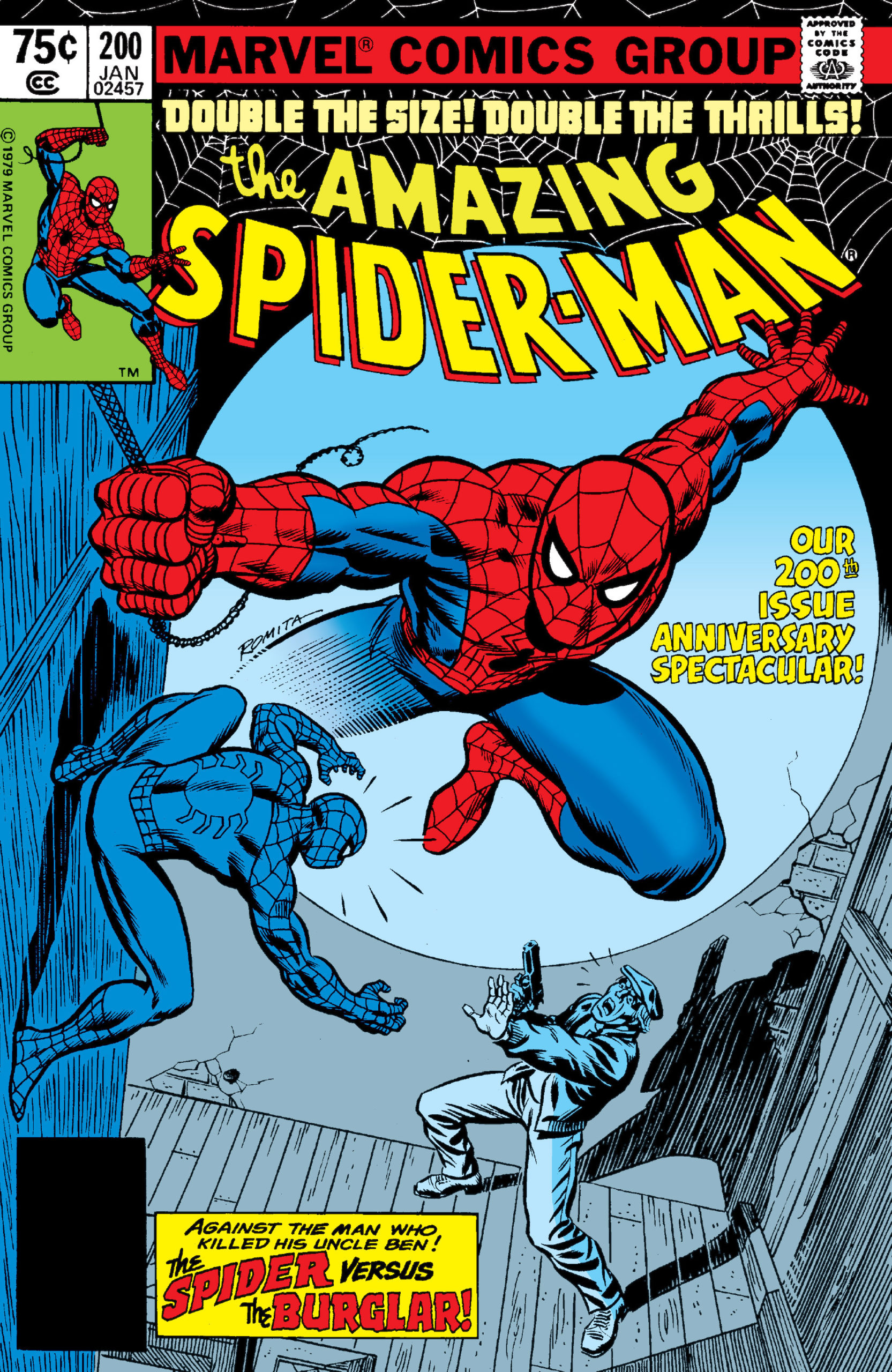


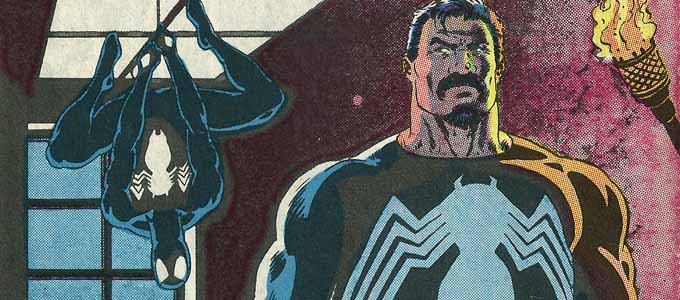






It’s interesting to see how the stories matter to those who have read such stories for the first time, as opposed to those who are more than familiar with them at a younger age: the reaction, opinion, and critical lenses are very different.
Let us not forget: the 70s were insane, so the writers had to make do with whatever concept popped up in their mind.
@AC
I’m sure MARVEL TEAM-UP has some gems within its pages; I’ve just never really cared about the series as a whole. As such, don’t expect to see anything from it to appear on my lists.
@Hornecek
If Spidey actually read those results, it would’ve saved him (and the readers) a lot of trouble later on.
@AC – I’d describe ASM #150 as an epilogue to the Clone Saga, as the entire issue is about Spidey figuring out if he’s the clone or not, and while it’s been a long time since I read ASM #151, I wouldn’t be surprised if it didn’t mention clones at all. ASM #150 feels like a real conclusion to the Clone Saga – like it’s over and done with.
Although I really don’t like the trope of someone doing a test or looking up some information for something they *really* want to know, and then when they finally get that information (usually in a sealed envelope) they throw it out, burn it, rip it up, etc saying “Turns out I don’t need that information. I know who I am, etc” That’s always a dumb decision.
Marvel team up is mostly as you describe, but there are a few good longer running stories in there, including 48-50 which I believe is the first appearance of Jean Dewolf, with the Wraith as the main villain. I don’t know that it belongs on this list, but I think it is a decent story. there was a longer running time travel story, and a couple other multipart stories. And after the first two years, Spider-Man was in every story but one, so I think it counts as a Spider-Man book.
I did enjoy reading the list, and don’t have any major complaints. Although would Amazing 150 be considered part of the original clone saga? He is trying to figure out if he’s the clone or not…
@Aqu@
The vast majority of MARVEL TEAM-UP is like that though, so I don’t think it’s fair to place all of the blame on Conway.
@Strenurus
Yes. However, I already did a list for the 2010s back in 2019.
https://www.spidermancrawlspace.com/2019/11/the-10-best-spider-man-stories-of-the-2010s/
While I would probably change a few of my selections if I were to redo the list, I stand by most of my choices there, so I’m not sure there’s much of a point.
@Josh, are you planning on doing every decade up until the 2010s?
@Joshua
I’ll tell you when I’ll get there.
“Nothing ever significant, noteworthy or interesting occurred in that title”
You’re right on that (if we exclude first appeareances of many characters). And guess who wrote the first ten or so issues…? 😛
@Aqu@
I respectfully disagree with your analysis on Gerry Conway’s work. His run on AMAZING is one of my all-time favorites in the character’s history, as I found his plots to be consistently engaging and his character work sublime. The original “Clone Saga” certainly has some leaps in logic (as most comics do; especially during this time period), but I thought it was a real page-turner with the mystery of The Jackal and Peter Parker’s emotional conflict over Gwen Stacy and Mary Jane Watson. Conway will always be one of the greats in my opinion and his second go-around on the character in SPECTACUALR and WEB also contained some great highlights for me.
As for Len Wein, I agree that the bulk of his AMAZING run isn’t the most memorable, but it’s still solid and entertaining in my opinion. His plots weren’t always the most interesting, but I think he had a pretty good handle on the characters.
If Conway and Wein didn’t do it for you, what do you think of Marv Wolfman and Bill Mantlo’s work? I’m curious to read your thoughts.
@Strenurus
I never really considered MARVEL TEAM-UP to be much of a Spider-Man title as it was usually just an excuse to throw superheroes together for a quick action sequence that was typically wrapped up by the climax. Nothing ever significant, noteworthy or interesting occurred in that title; it’s entirely skippable. SPECTACULAR was the first true Spidey satellite book in my eyes.
It goes without saying that I highly recommend checking out every comic on this list, so I wish you luck in your search. And yes, I do plan on covering the ’80s next. Like you said, it’s going to be really hard to narrow the list down to only ten, but I already have mine planned out. Stay tuned!
@Hornacek
You’re absolutely right! How could I possibly have forgotten about the incredible Hypno-Hustler, a S-list villain that puts The Green Goblin and Doctor Octopus to shame?!
This entire list is invalid because there’s no Spider-Man Night Fever here. 🙂
I thought marvel team was the first satellite title. Unofficial but must it was mostly Spidey.
From what I can gather the run was strong roughly from 121 to 200. I didn’t read all of these yet (only big ones like 121-123, 129, 149-151, 193 and 200) but now I want to go back and track down the other issues. Might cost a pretty penny though.
Are you going to tackle the 80s next? I personally think it might have been the best Spidey era. Commuter cometh, nothing can stop a juggernaut, the hobgoblin saga, the alien suit saga, kraven last hunt, venom… So many great stories! You might need a top 20!
As one who has recently finished reading for the first time the Conway run and is now on Wein, I have to say Conway is waaay overvalued. His stories make no sense or are outright boring, are full of plot holes and the pacing is all over the place (3/4 of the comic for setting up, and then the conclusion hastily half-written in just a page). It’s all very evident especially in his Clone Saga: one of the most nonsensical plot and execution I have ever read since the beginning of ASM (and we’re comparing it with some ingenuous stories from the ’60s!), it needed a lot of retcon and subsequent stories to explain and fill many of the plot holes it has. I’d argue that If it weren’t for the ’90s clone saga, the original would have been completely forgotten as one of the lowest point in Spider-man history (as it should!).
Today we complain about Wells’s run (and rightly so), but ’70s Conway wasn’t any better.
Wein, on the other hand, has just been boring for the most part, with some good moment.
In my chronological complete reading of Spider-man stories, the ’70s are for now the worst and it has been generally downhill after Ditko.